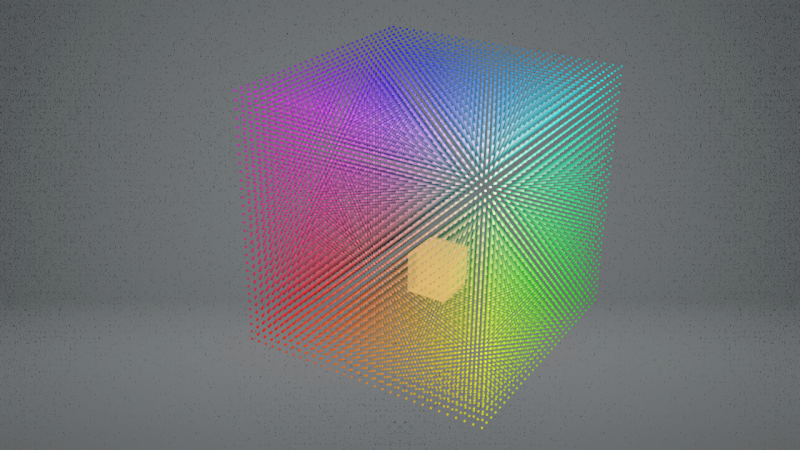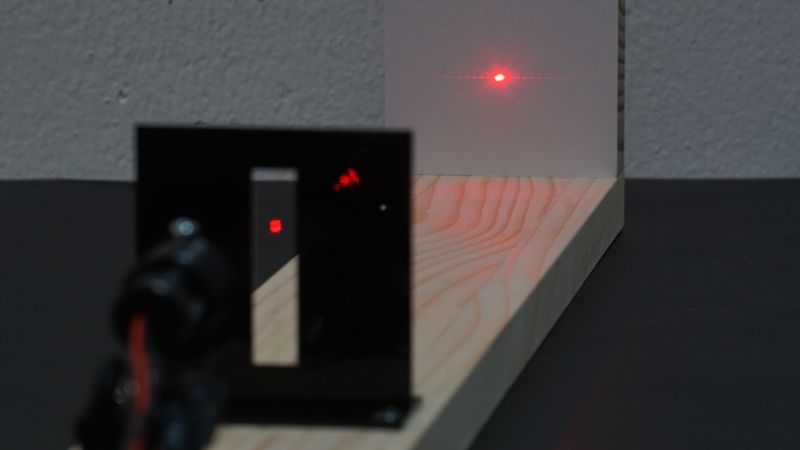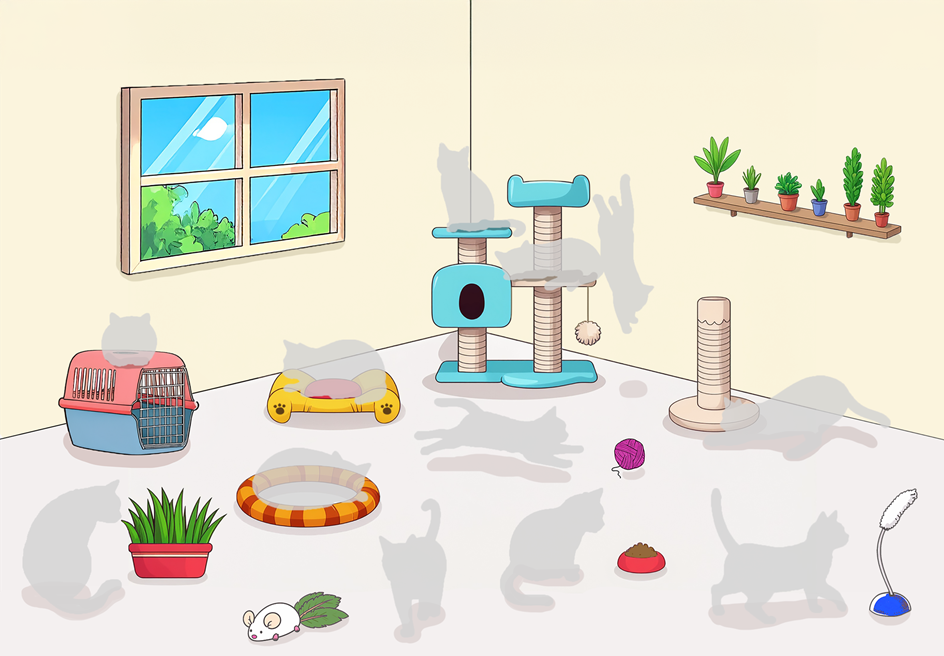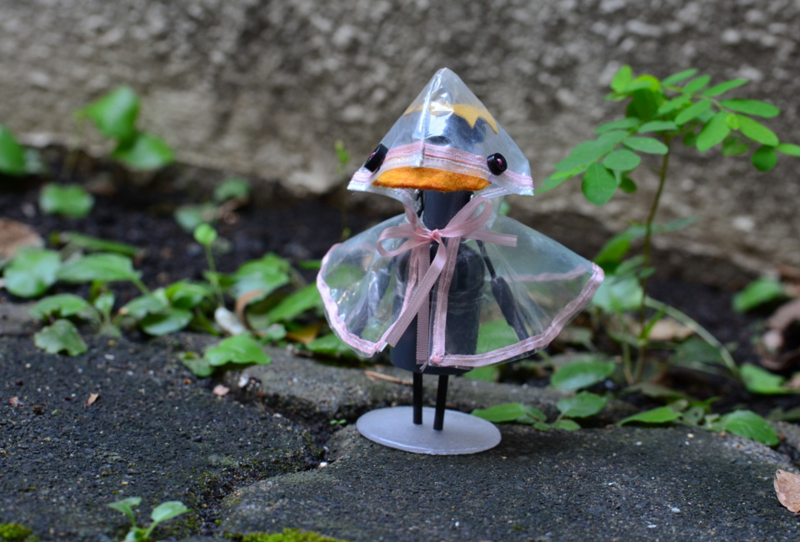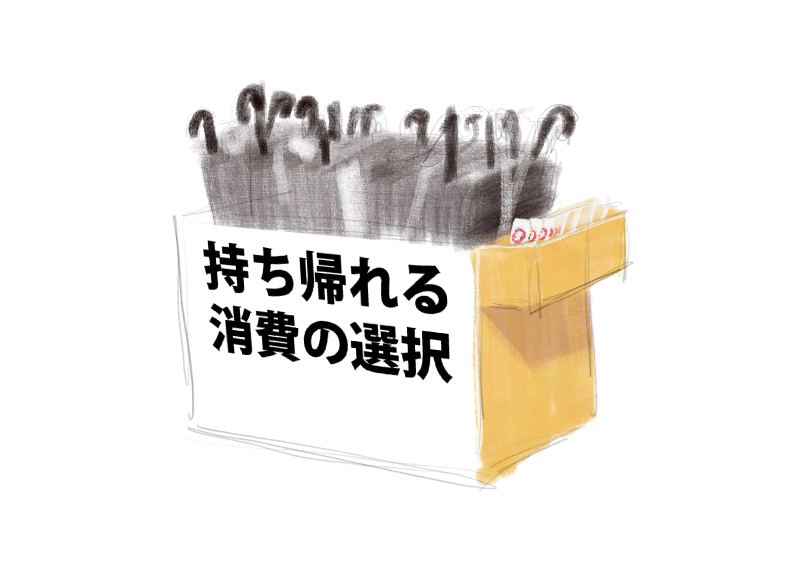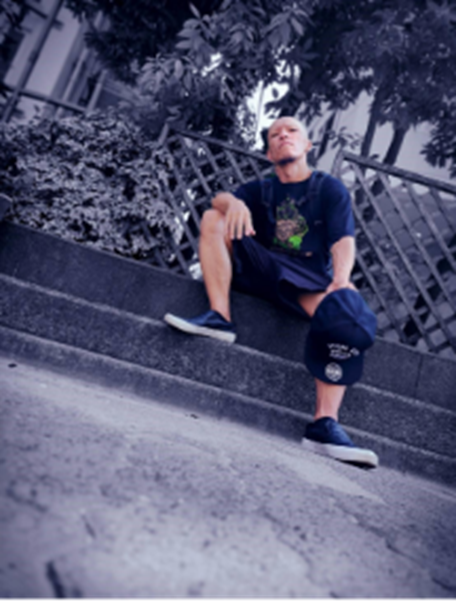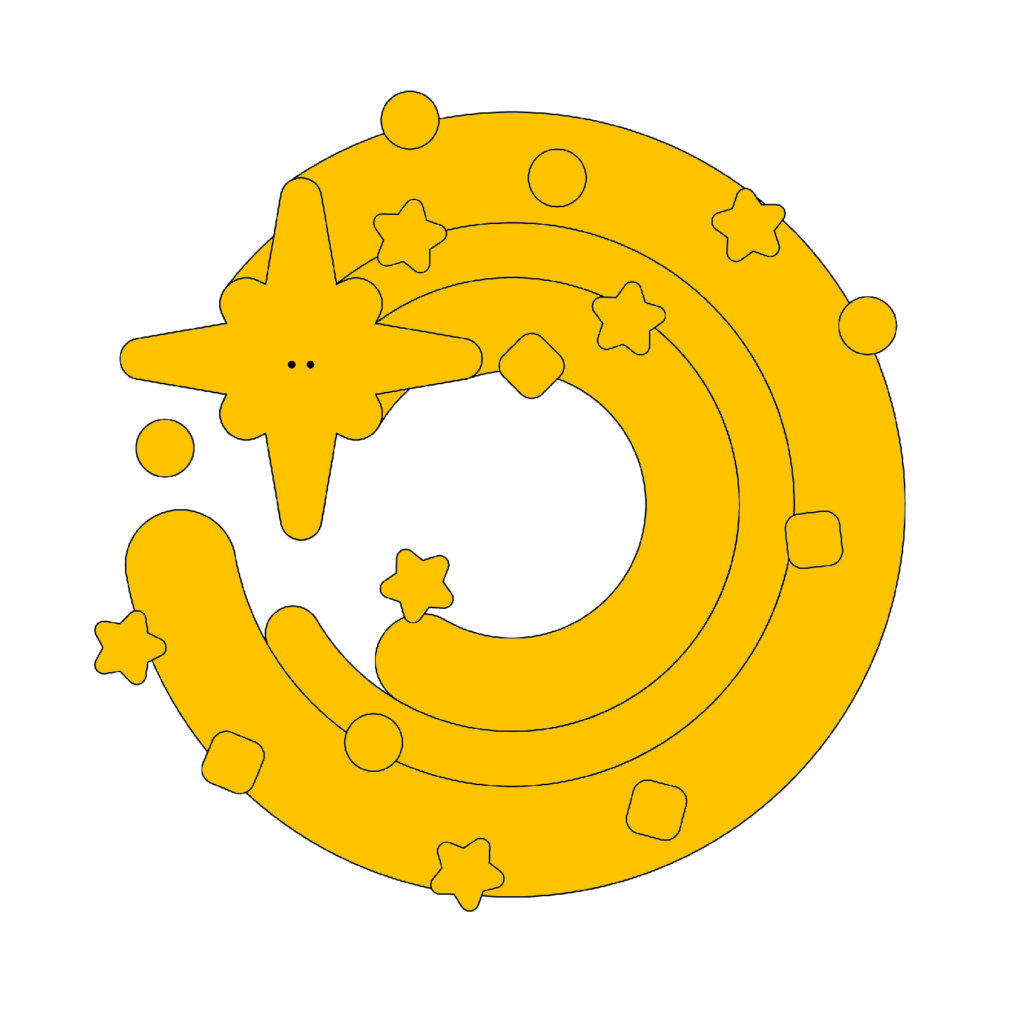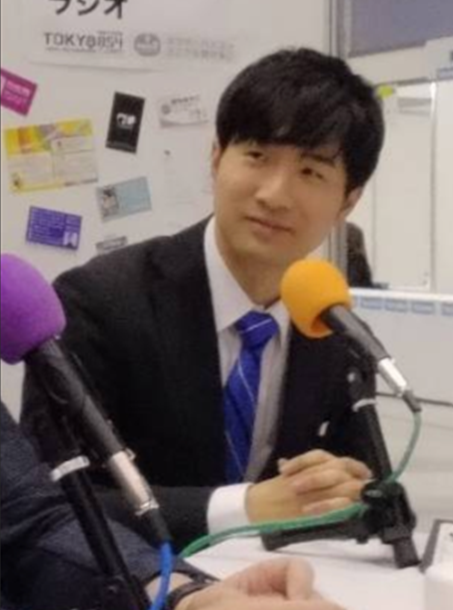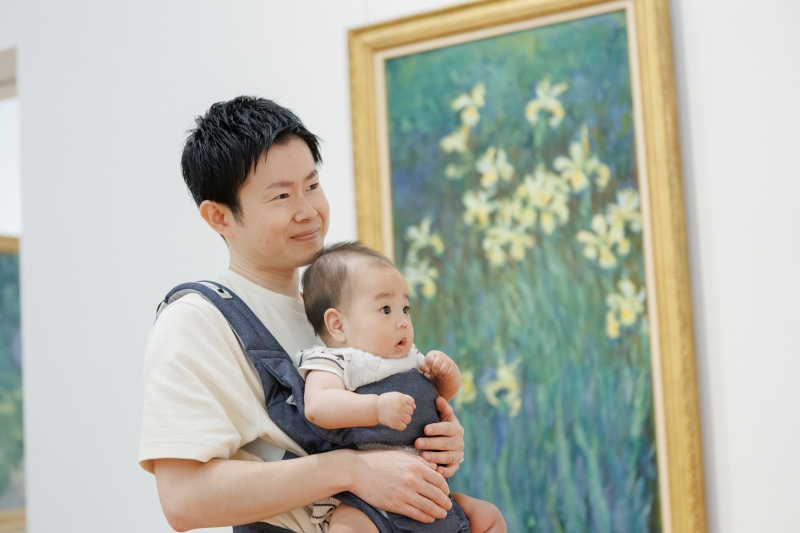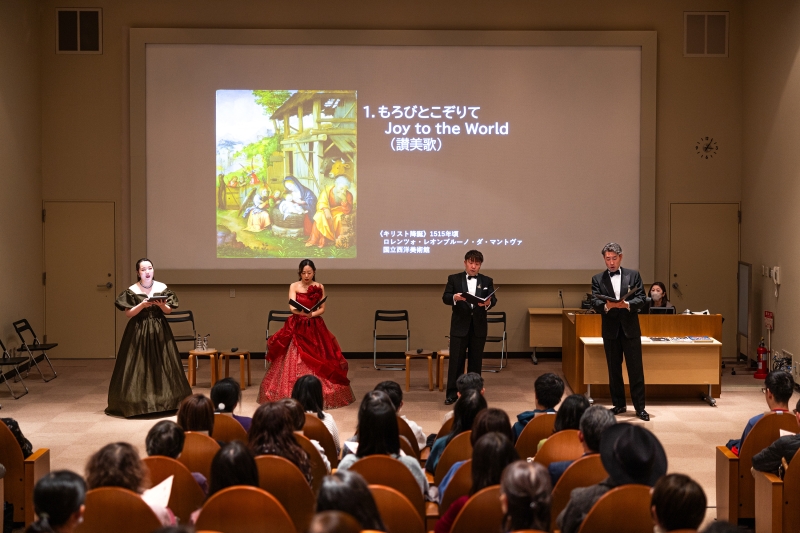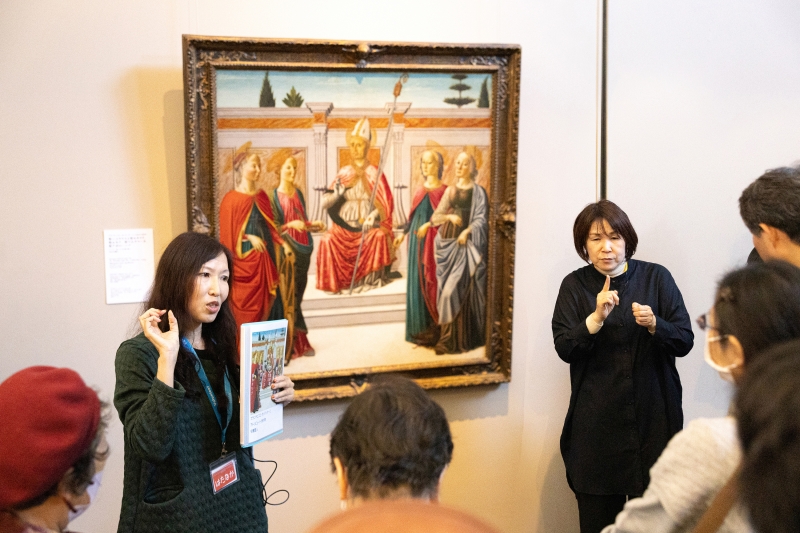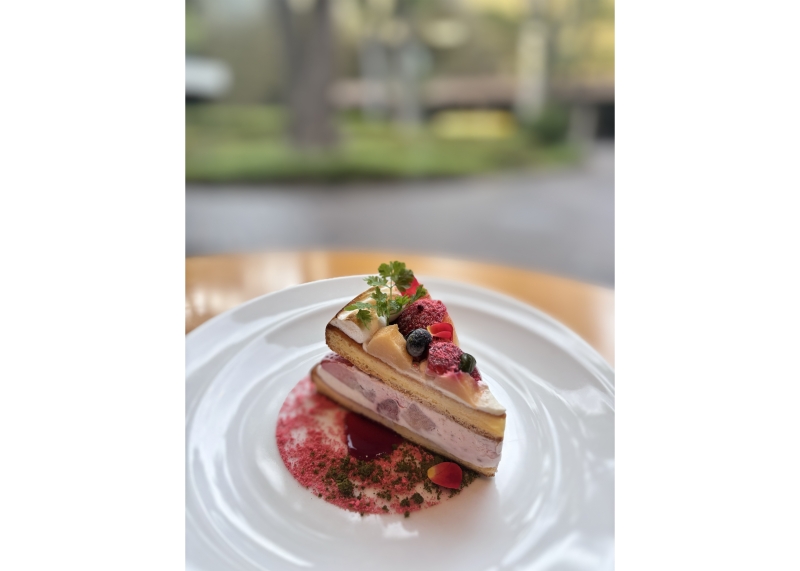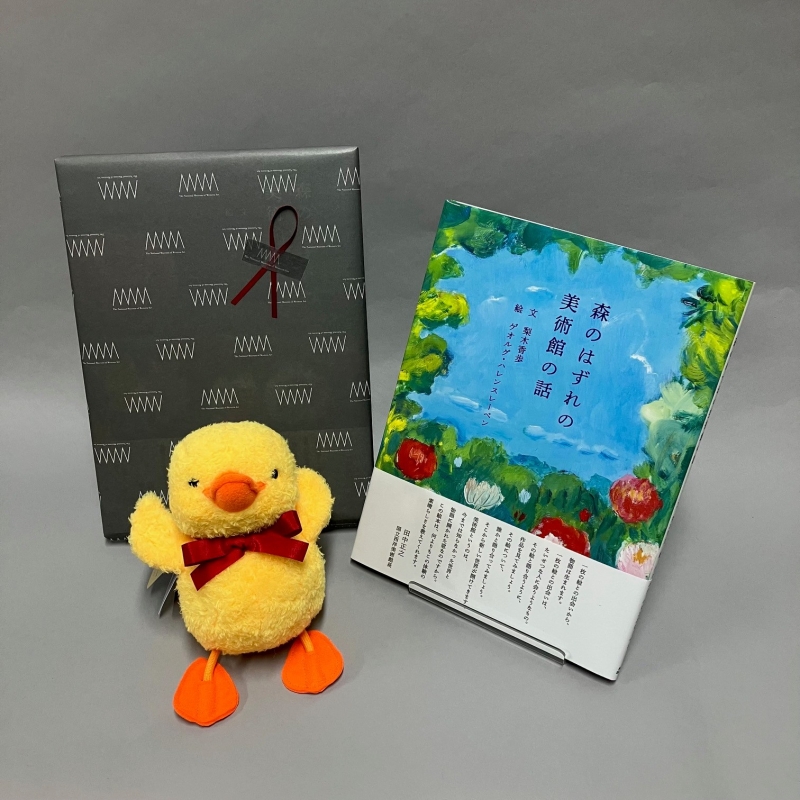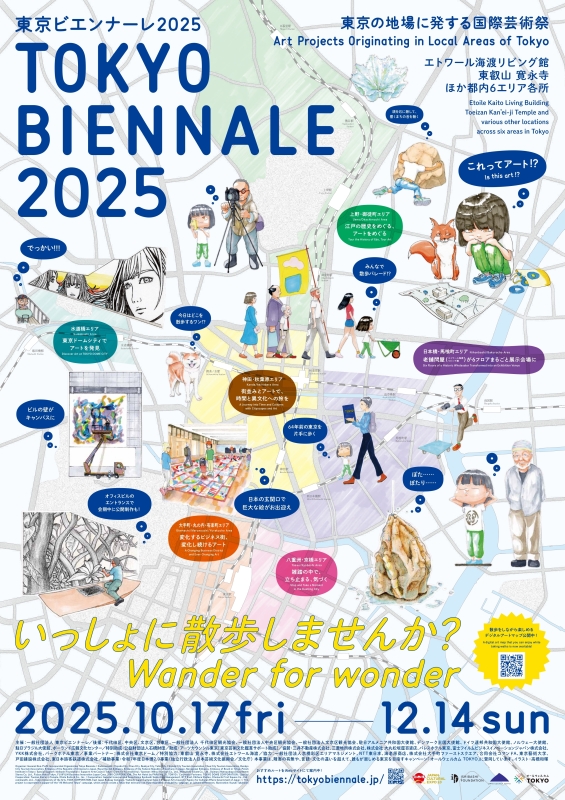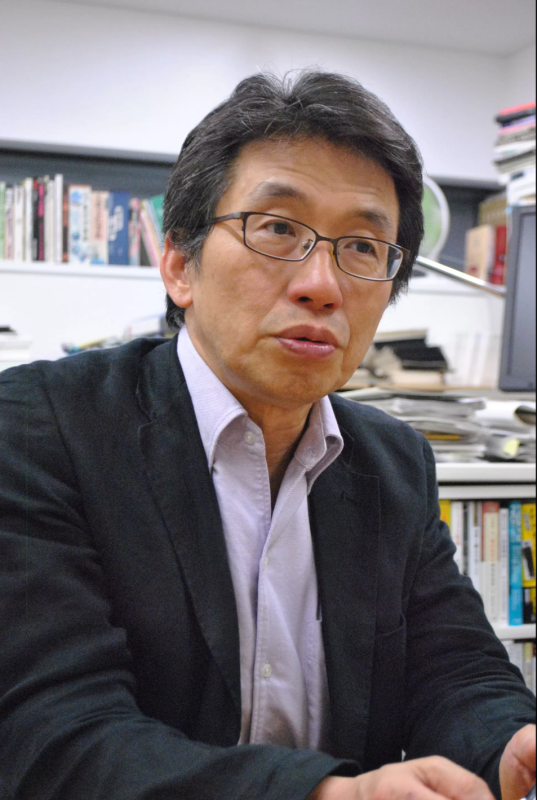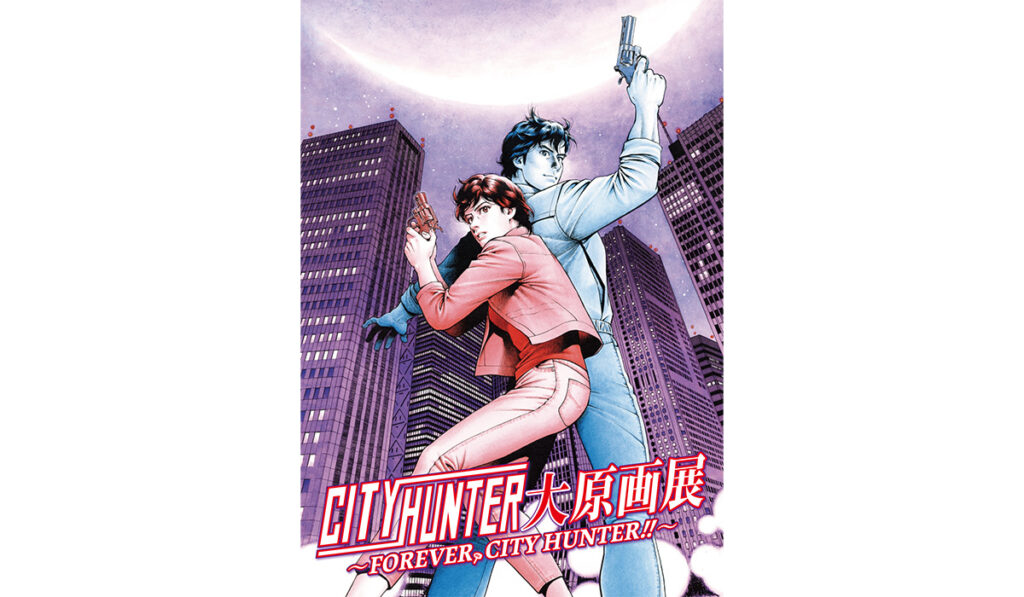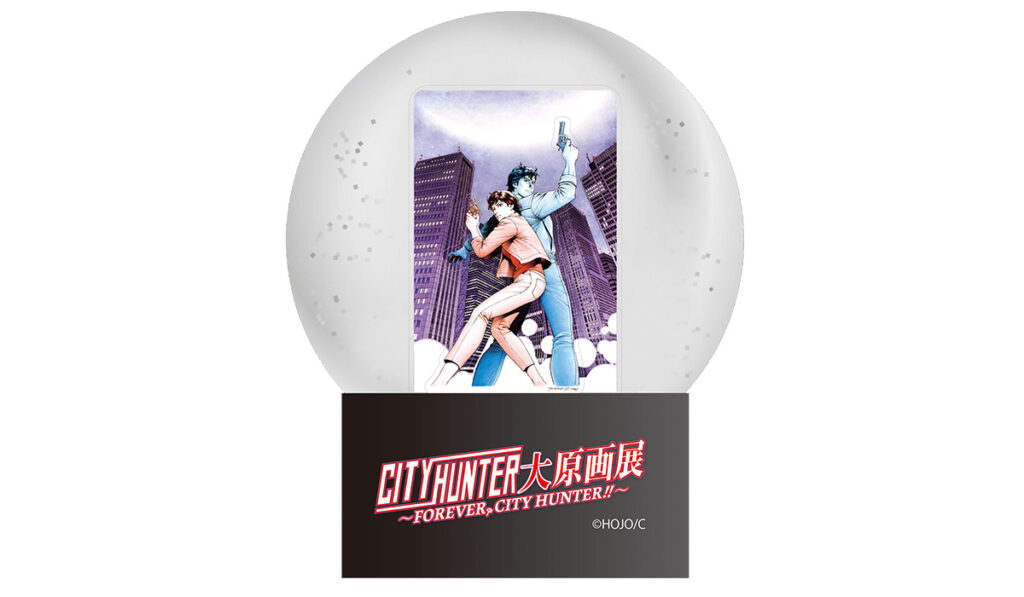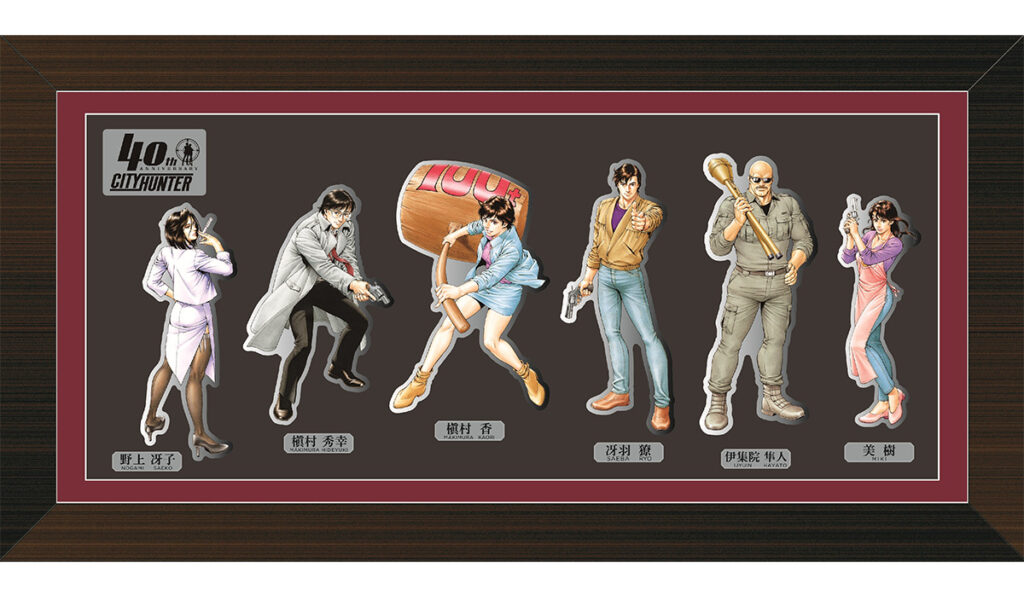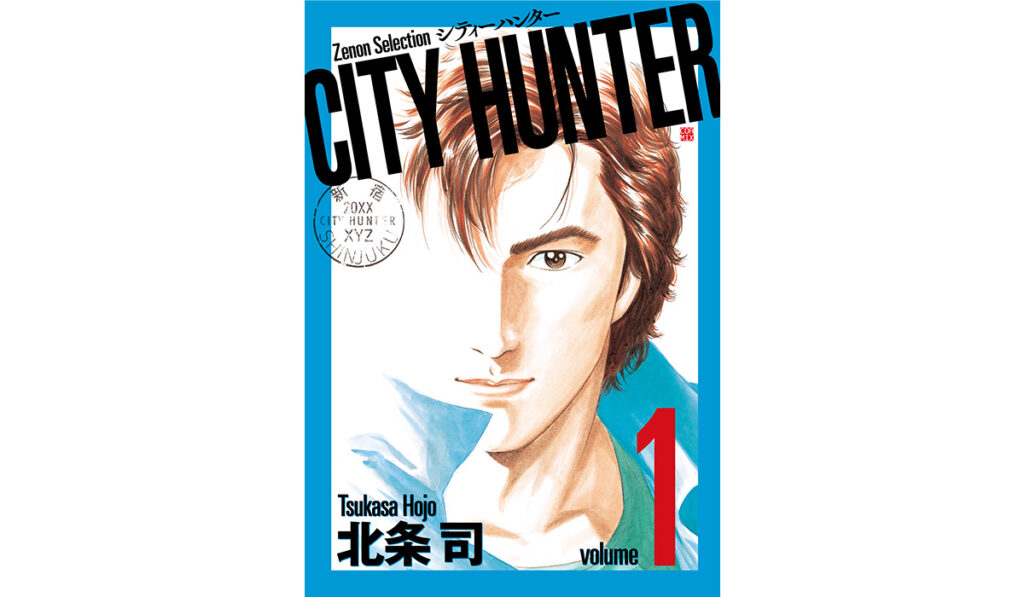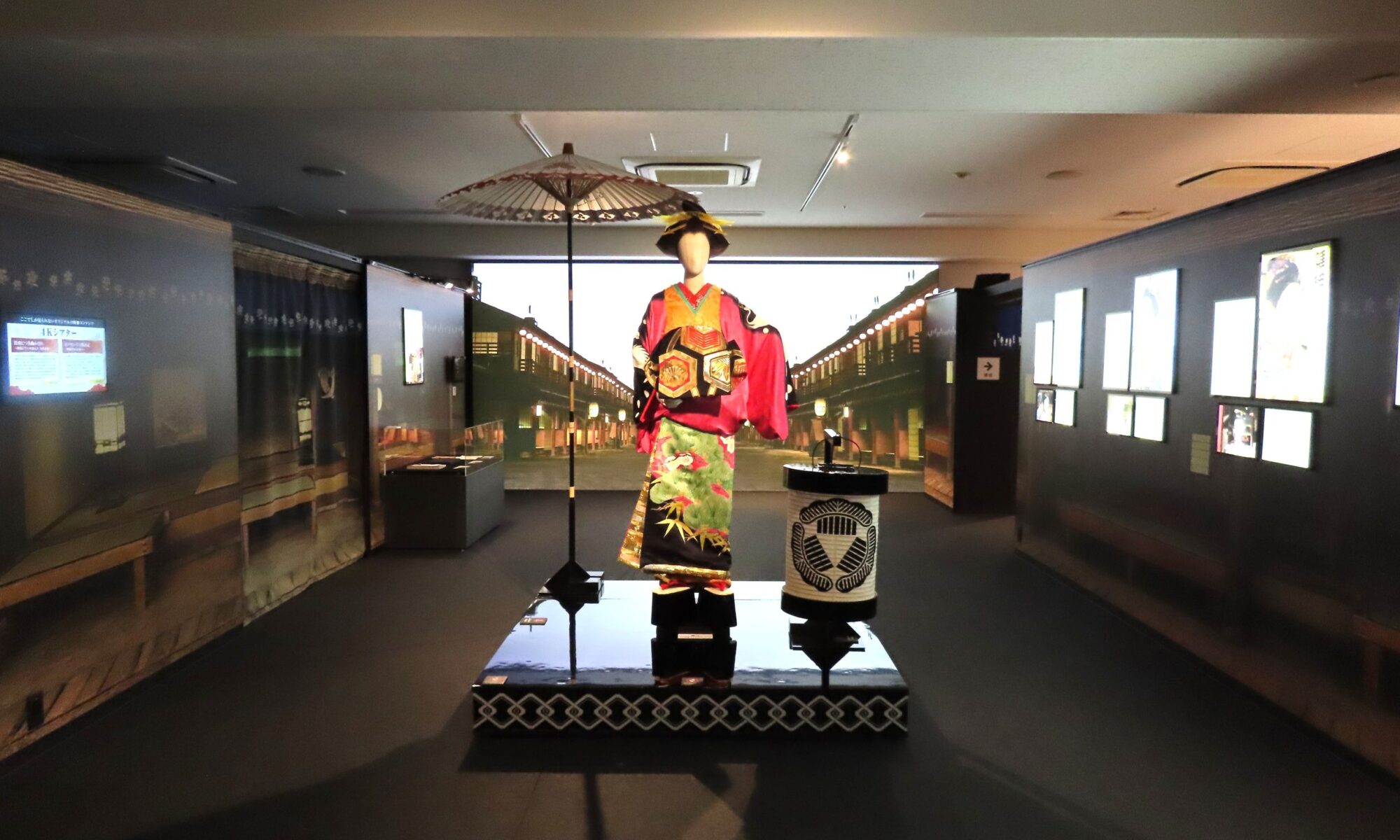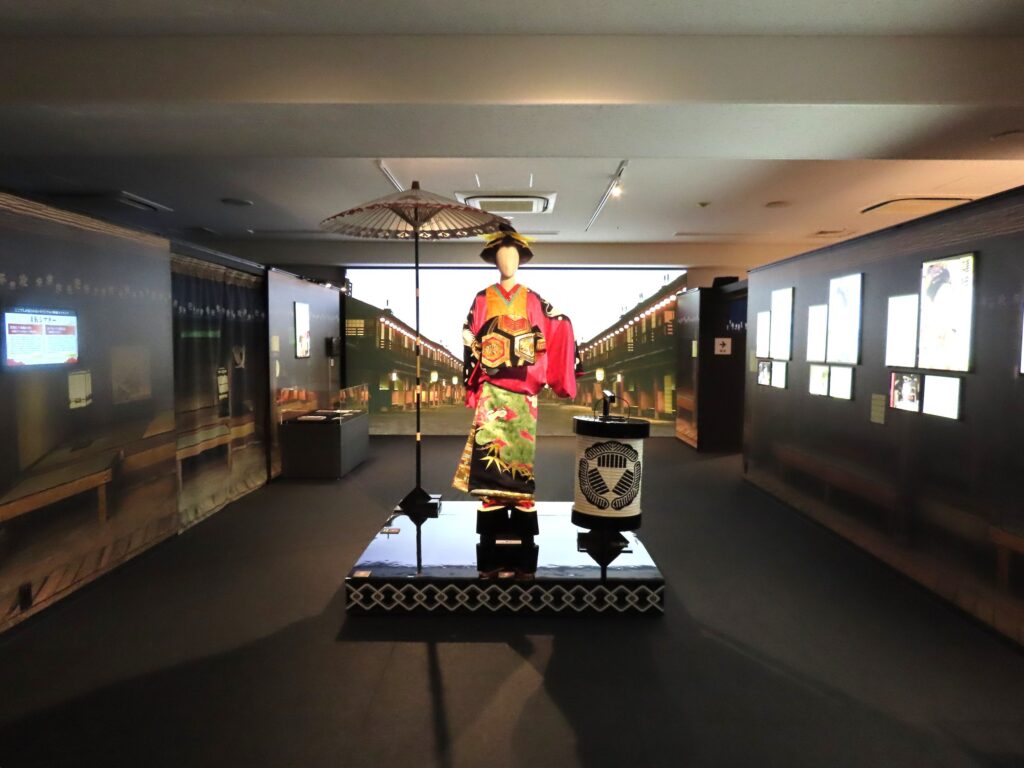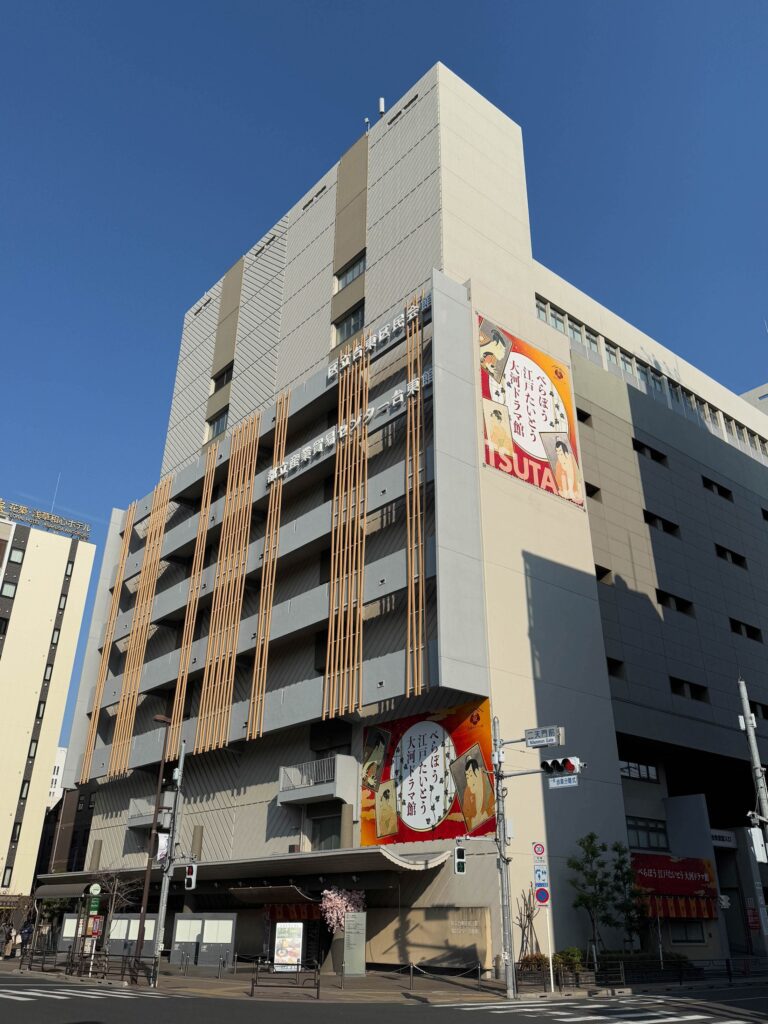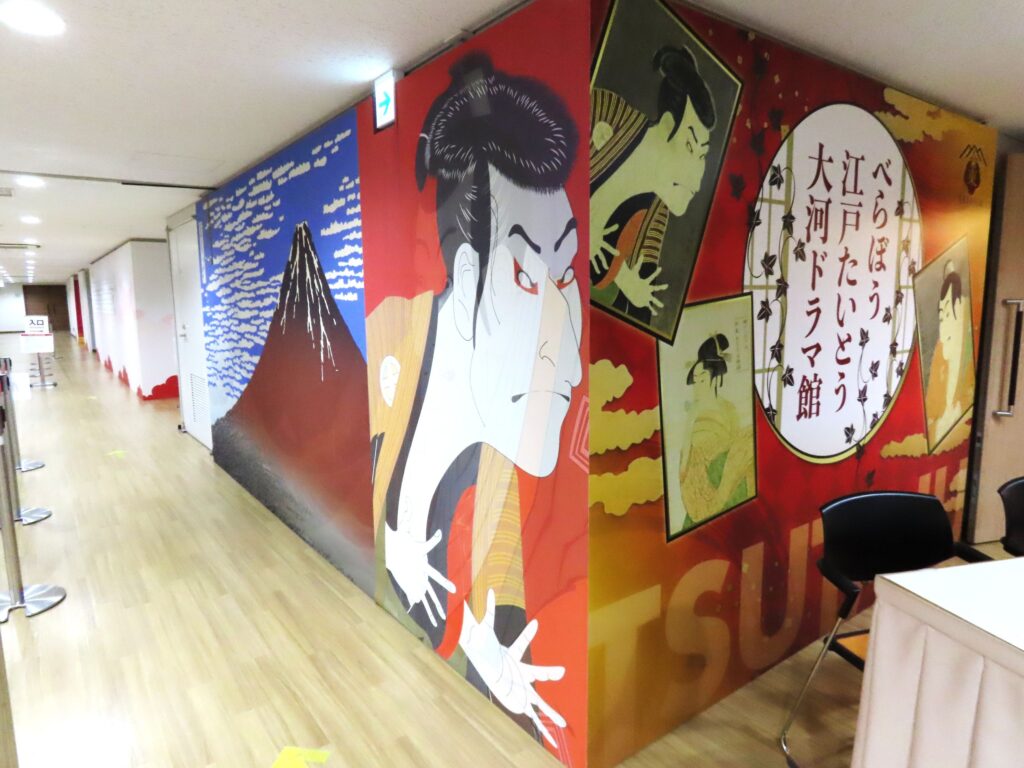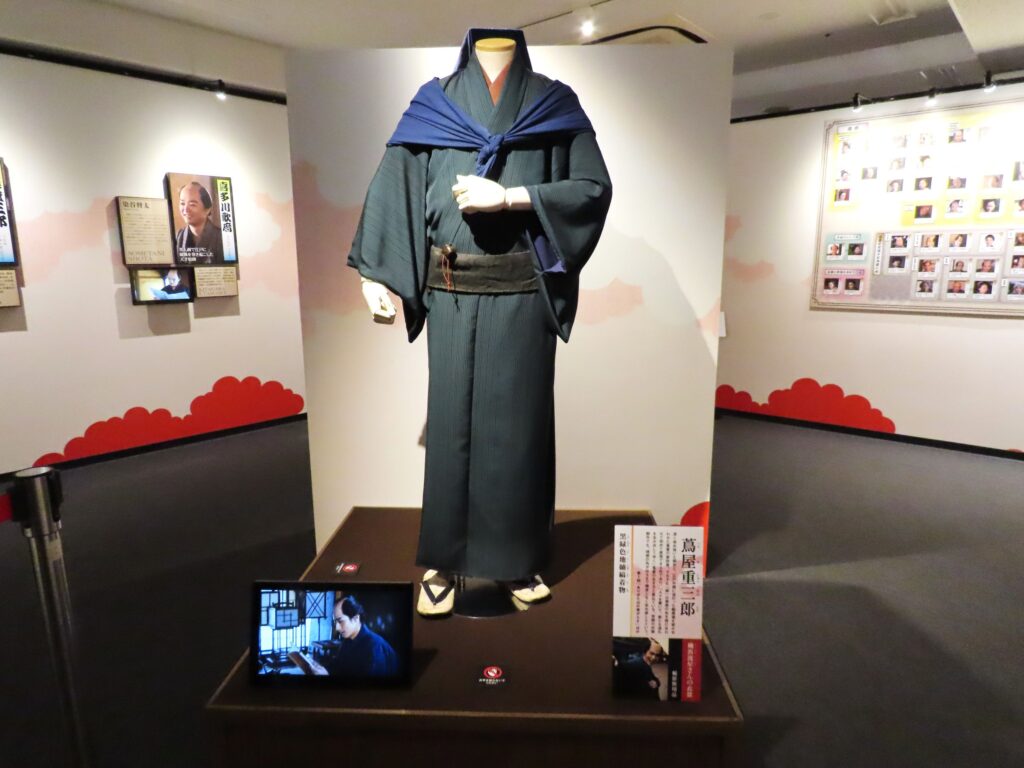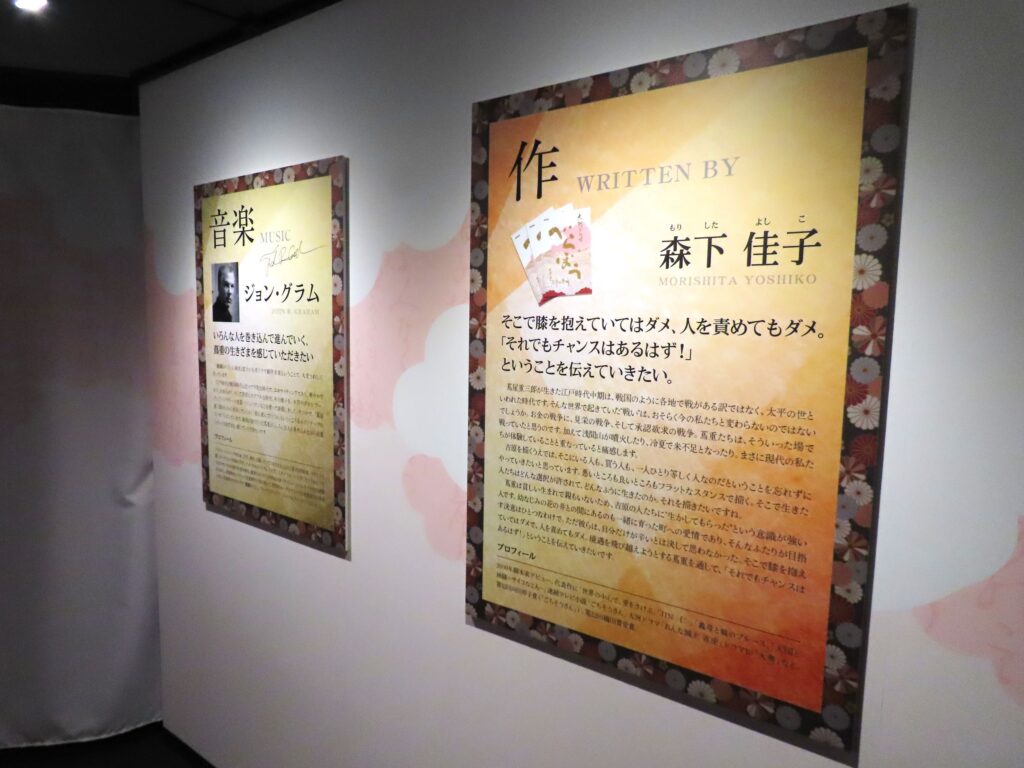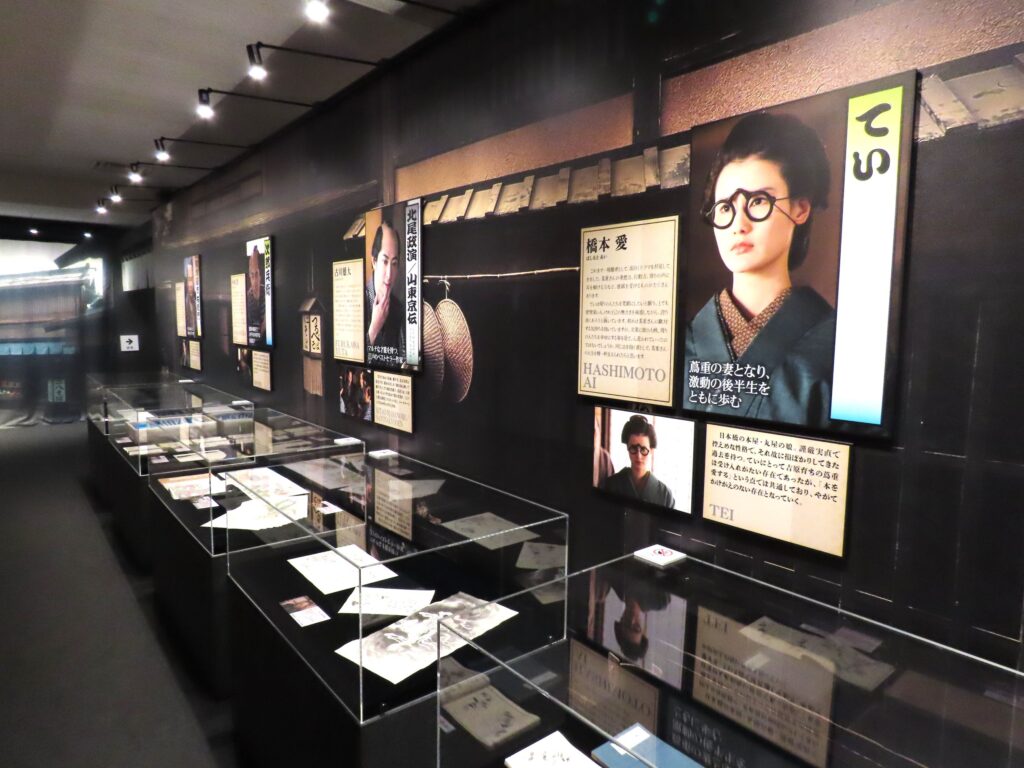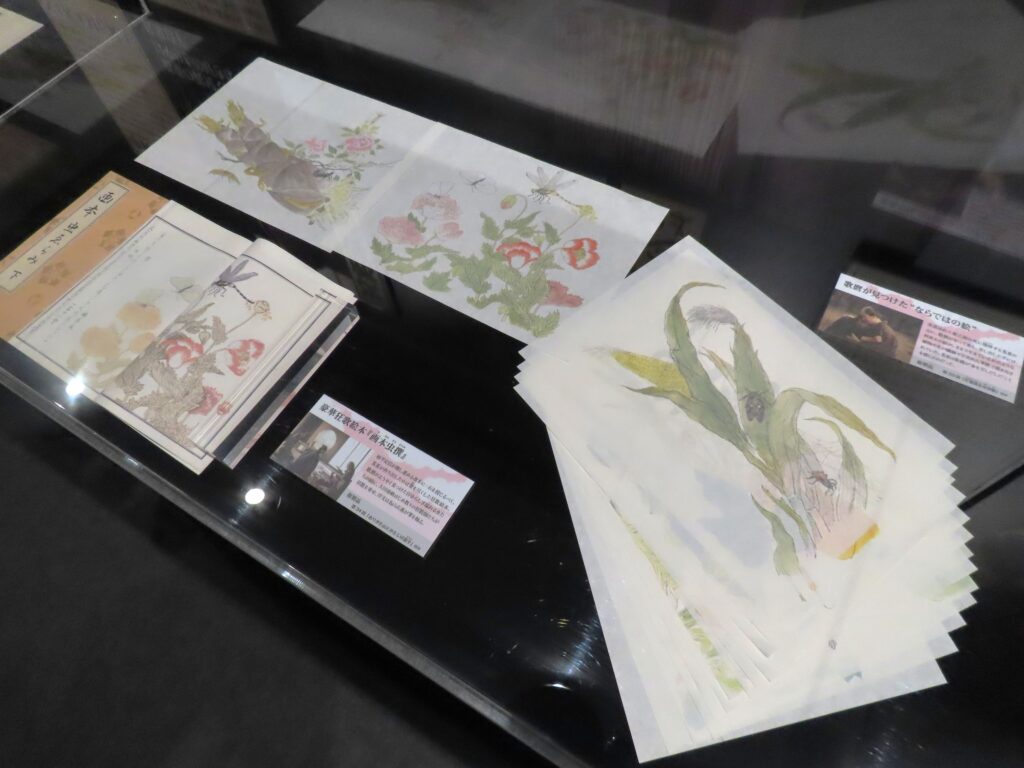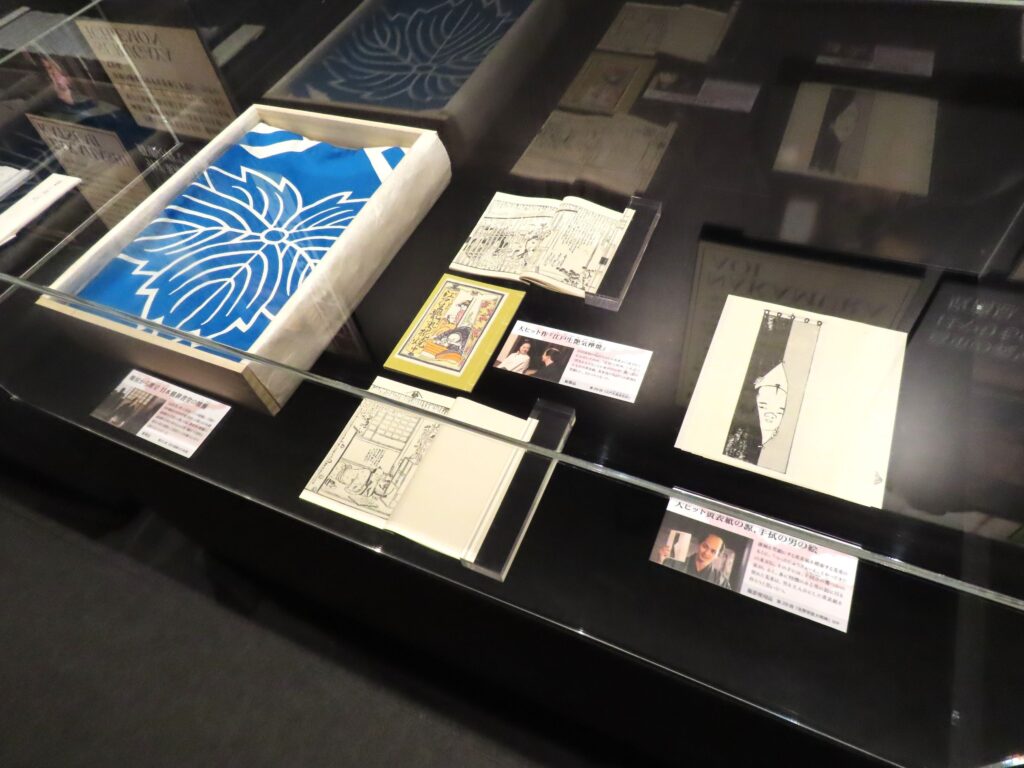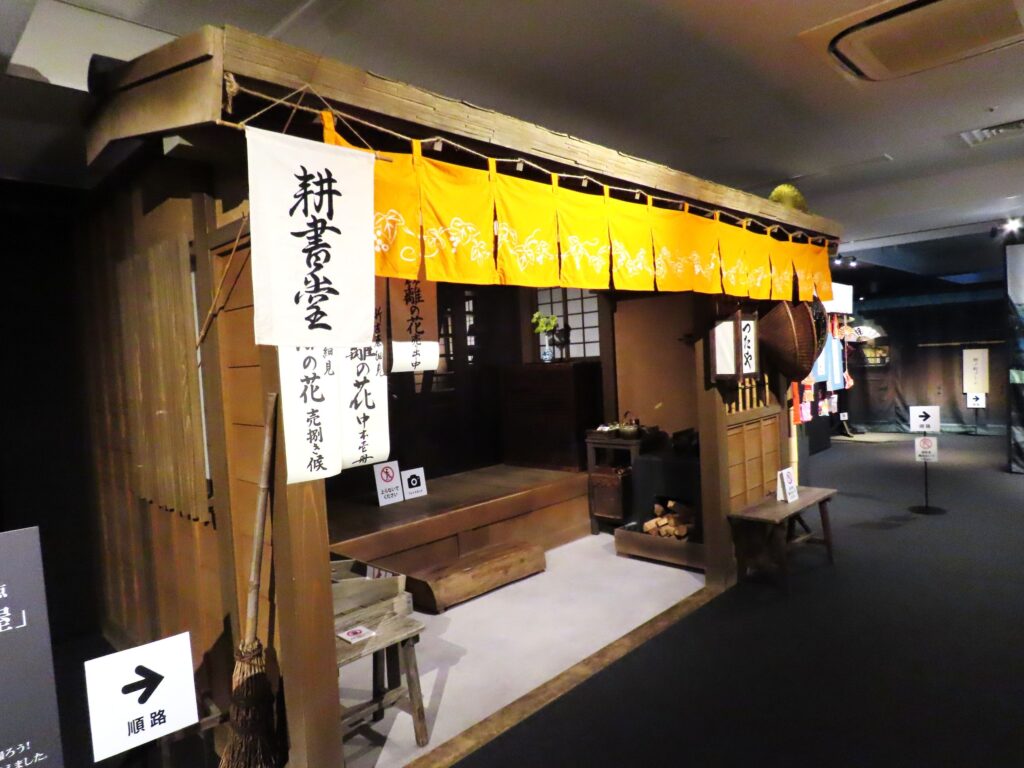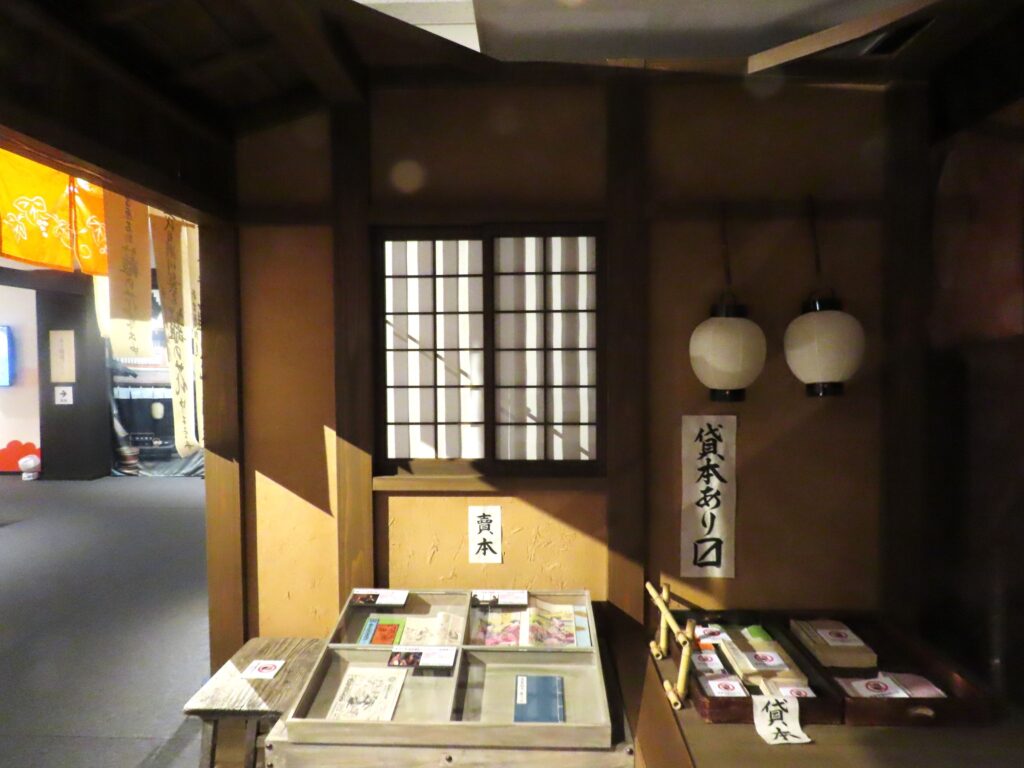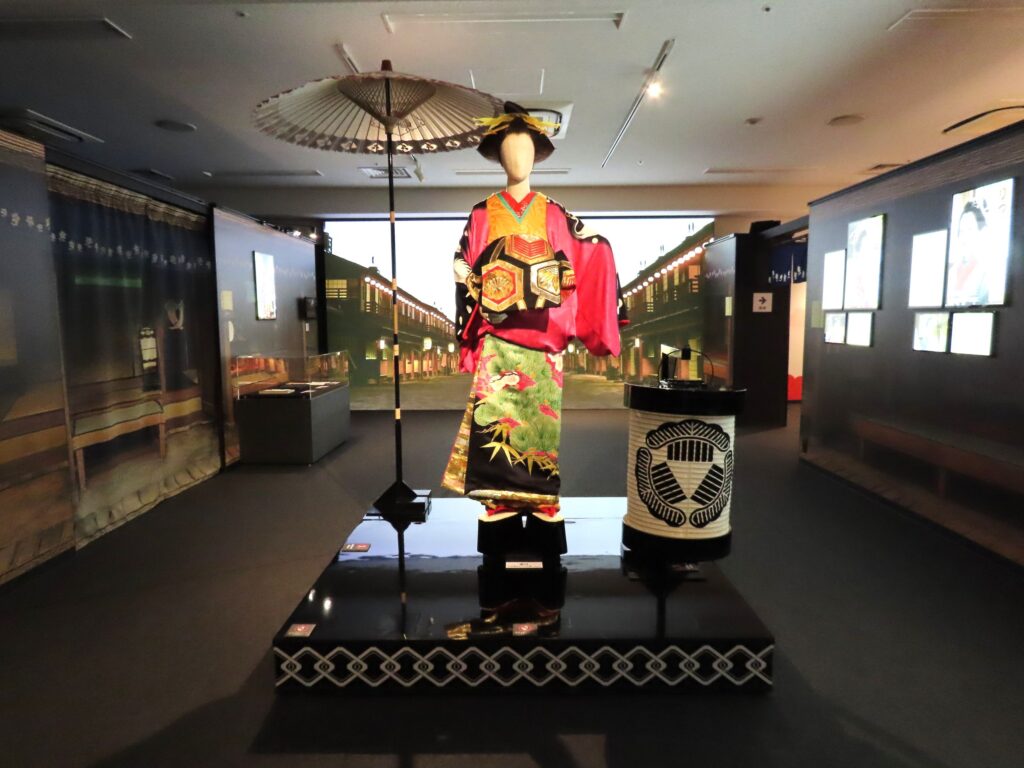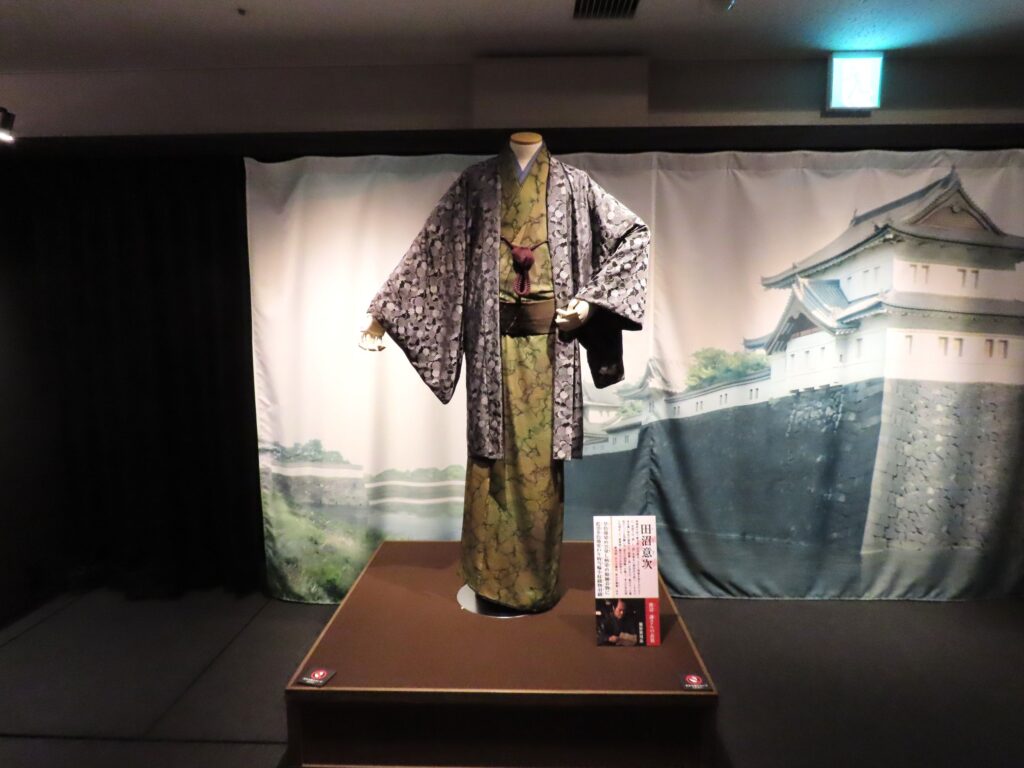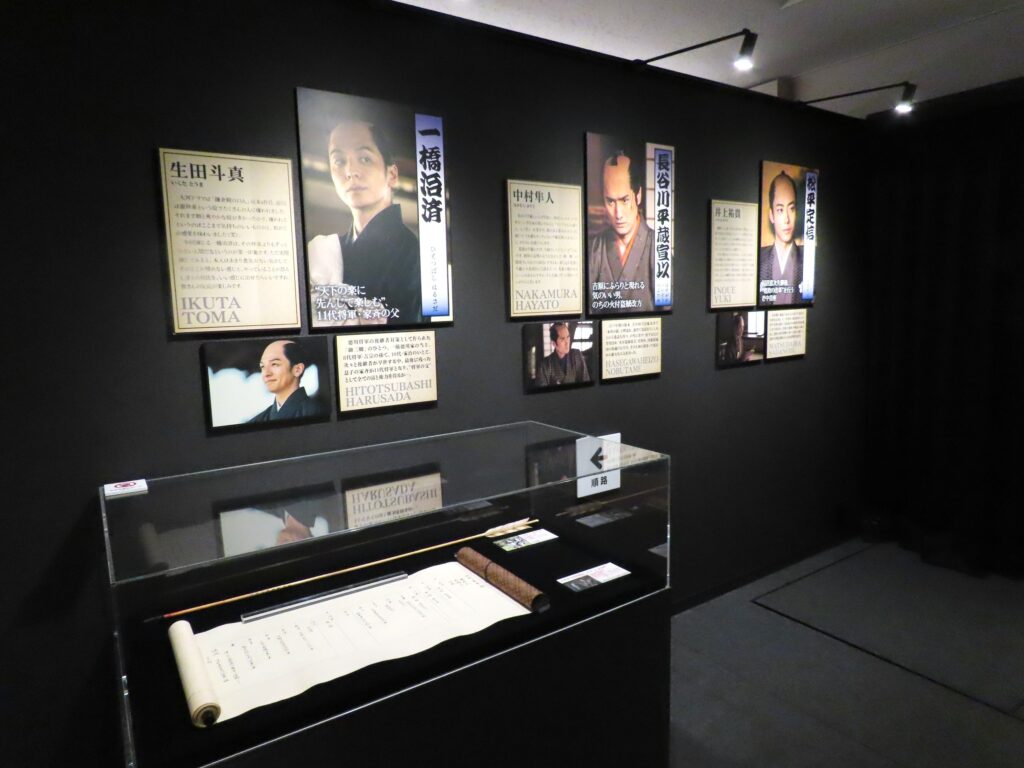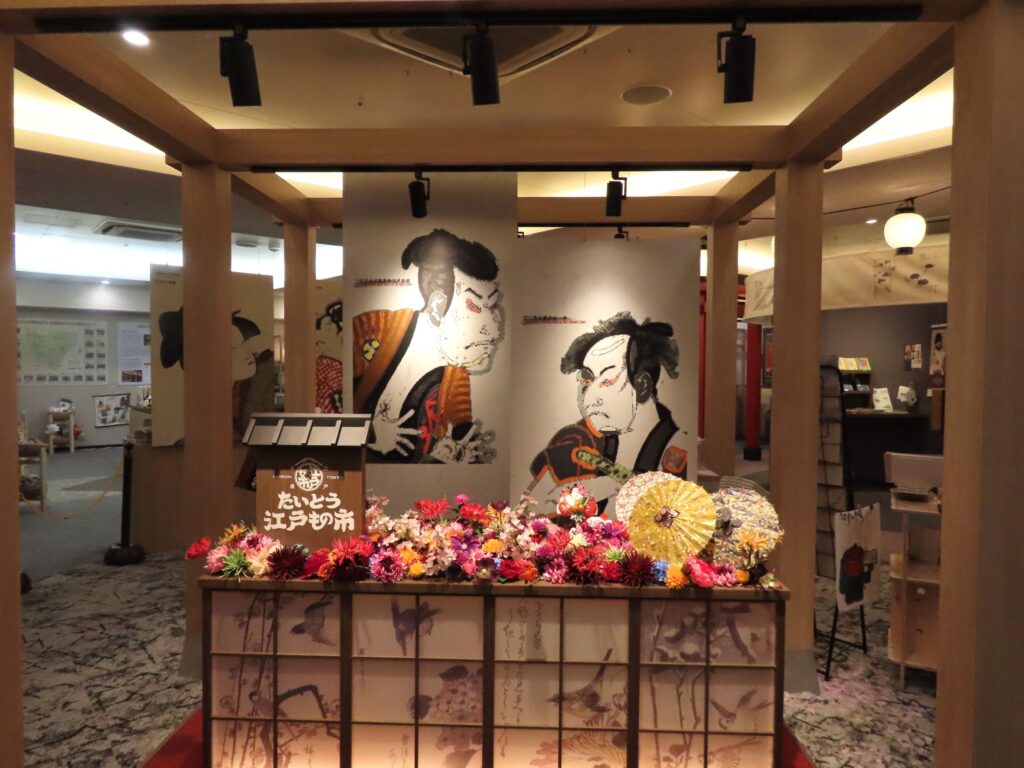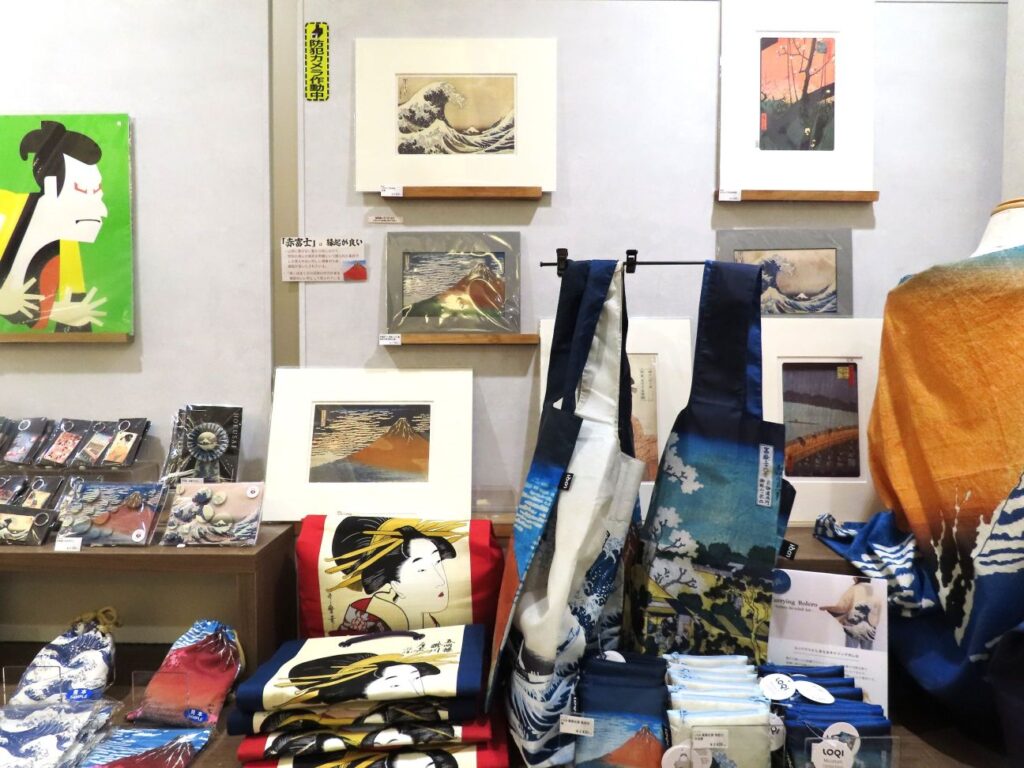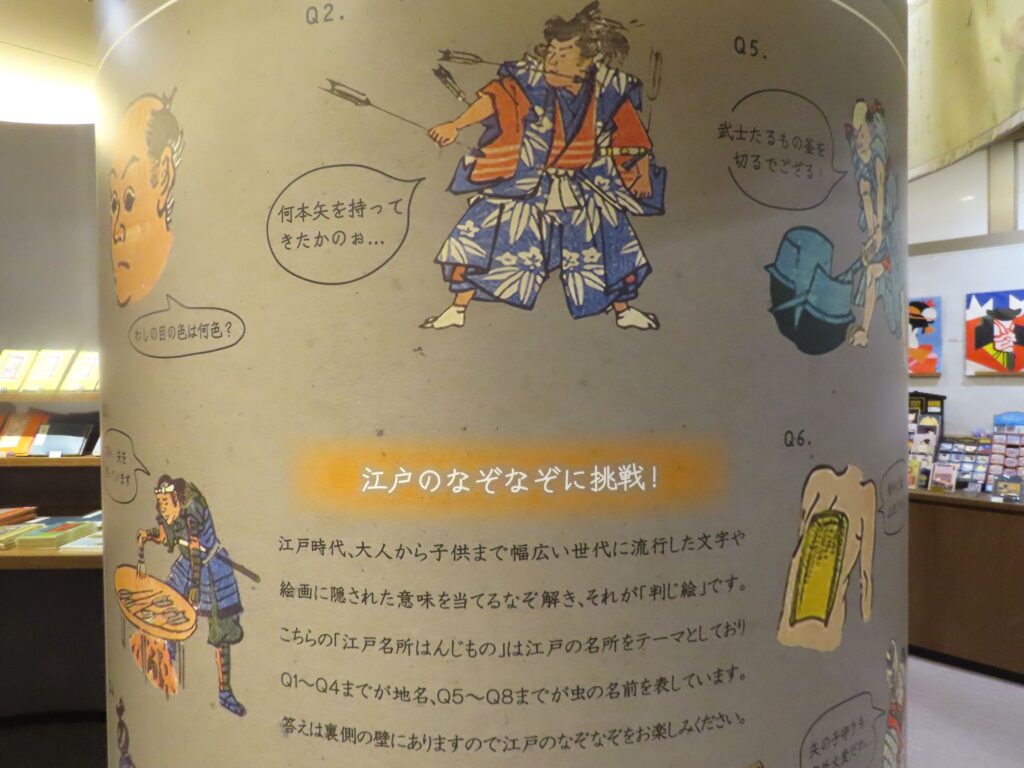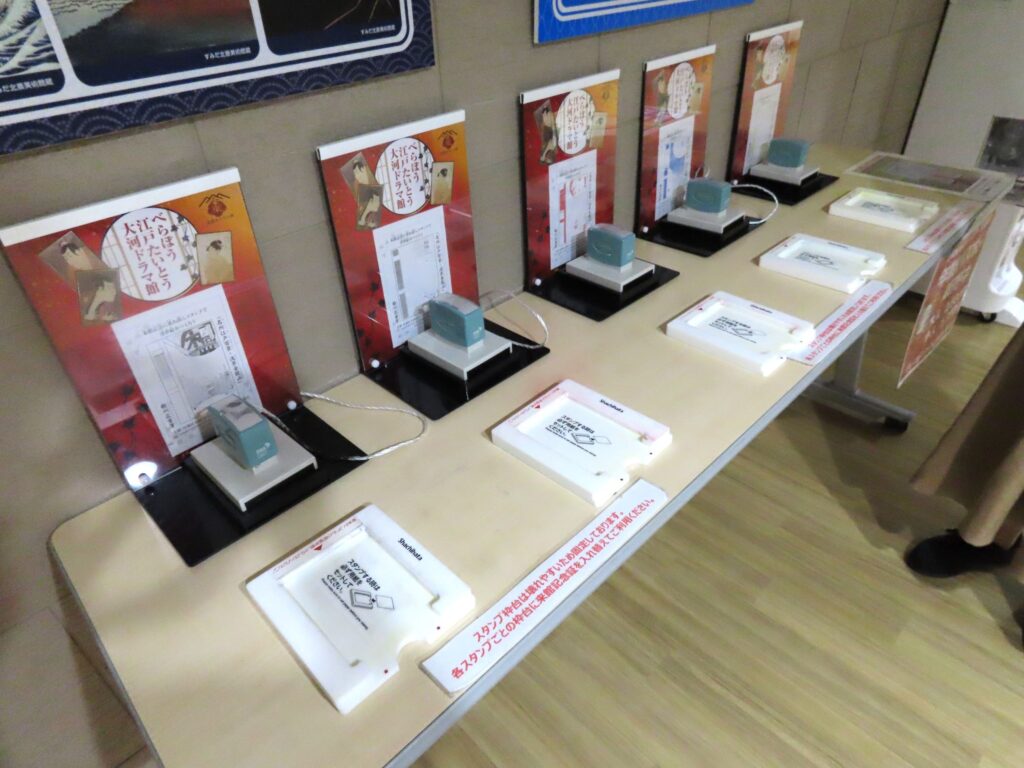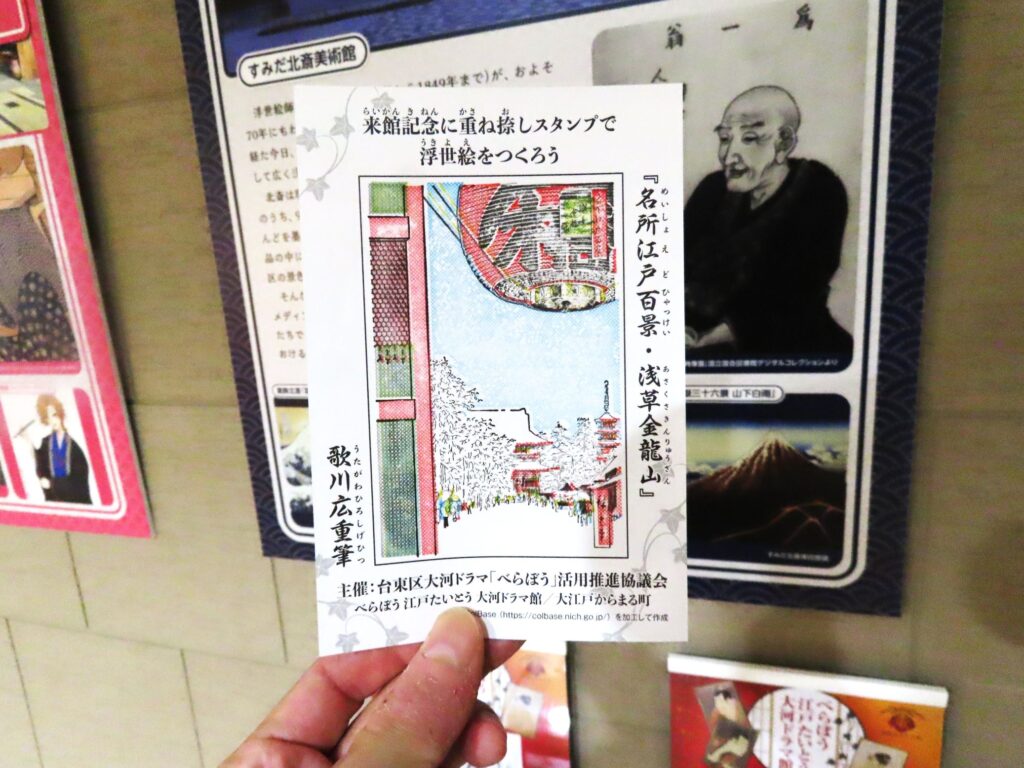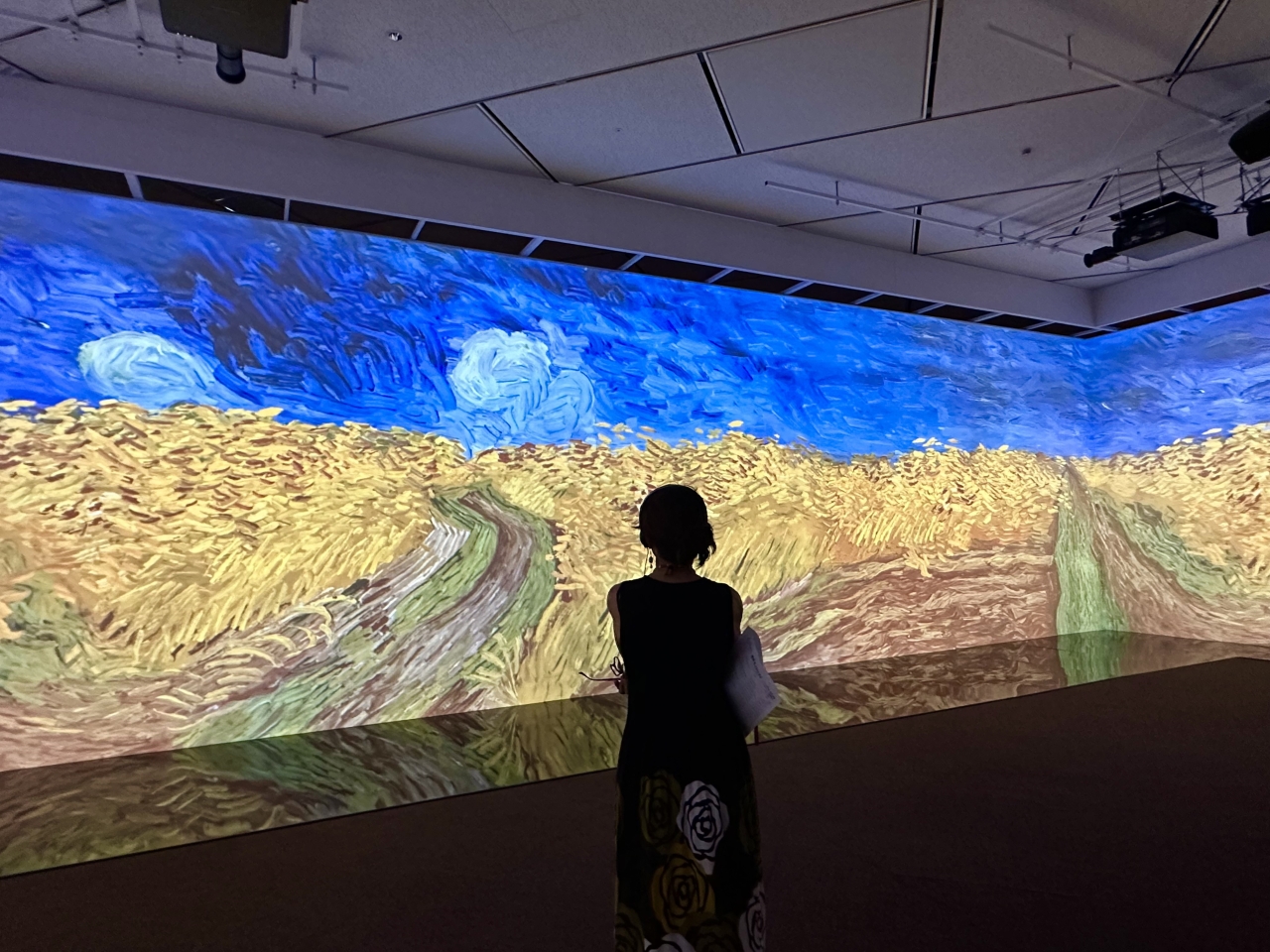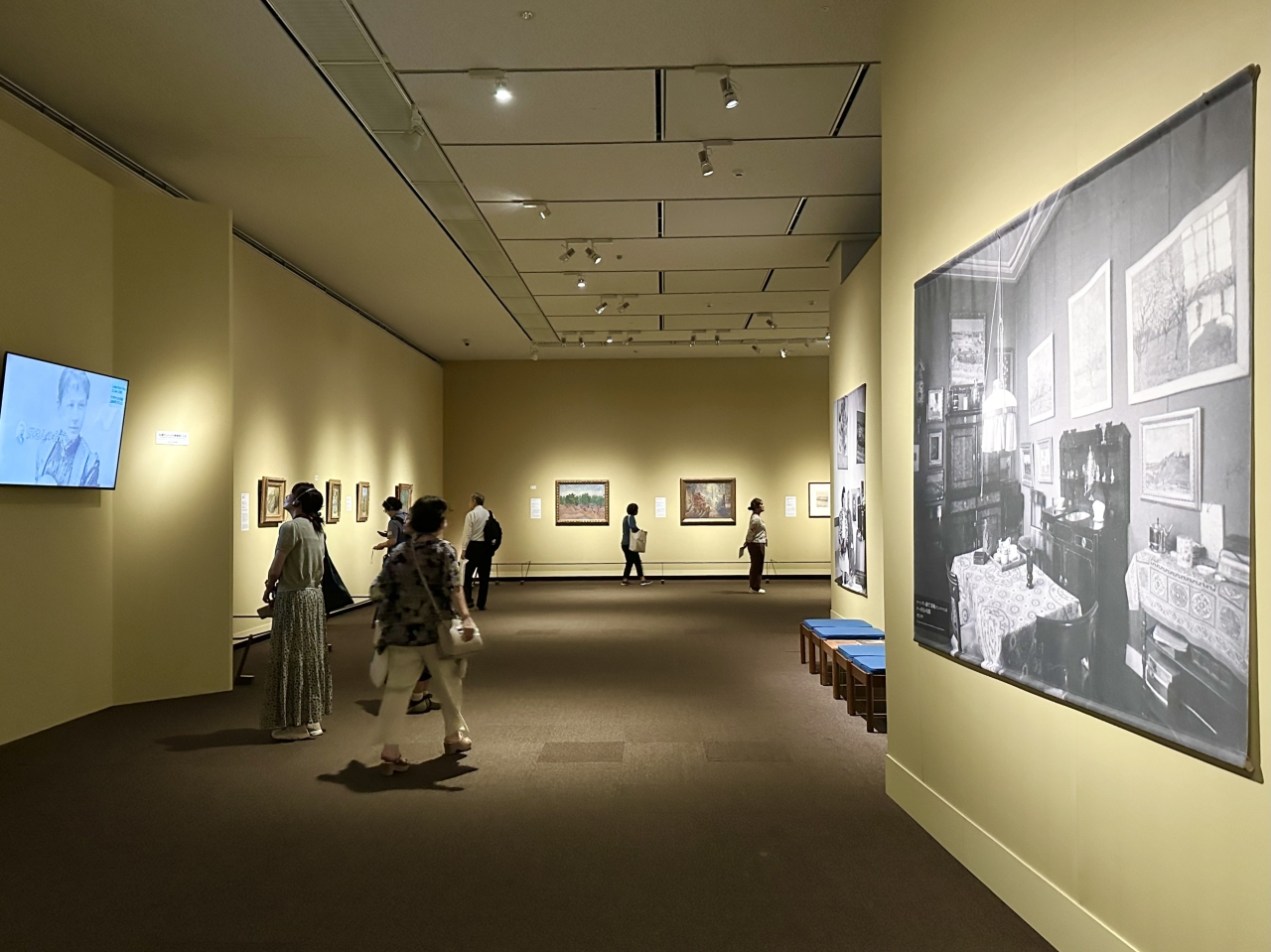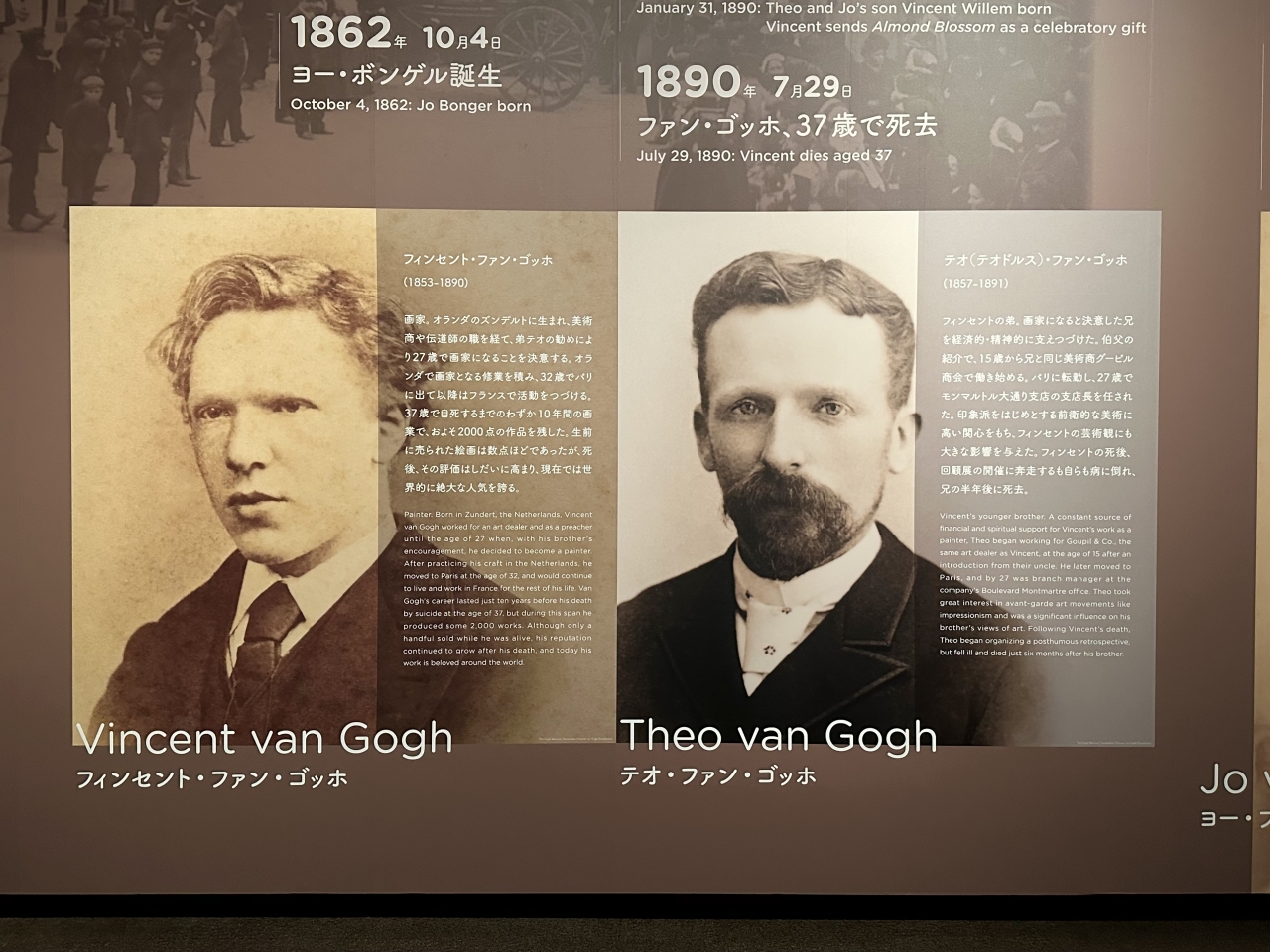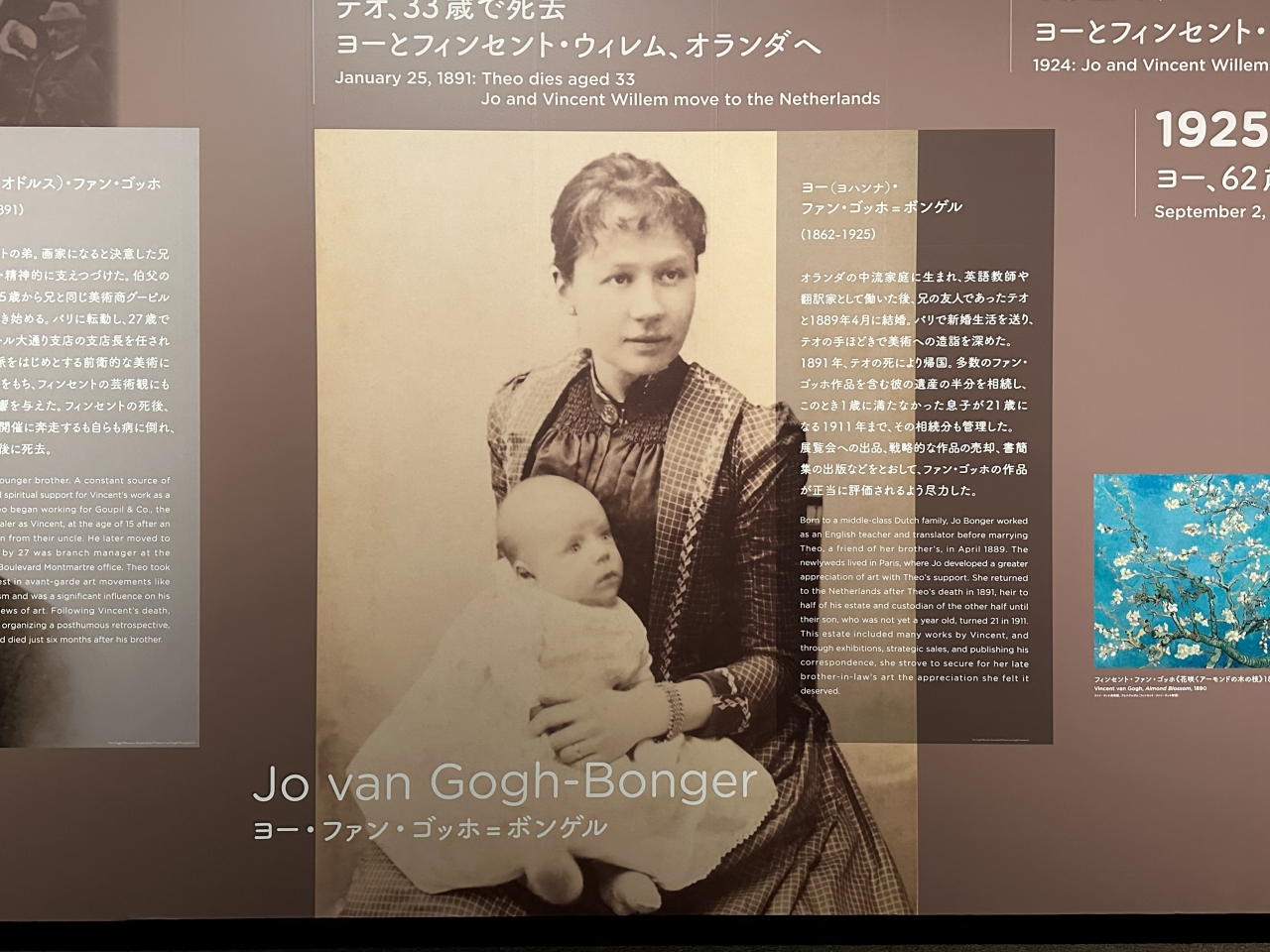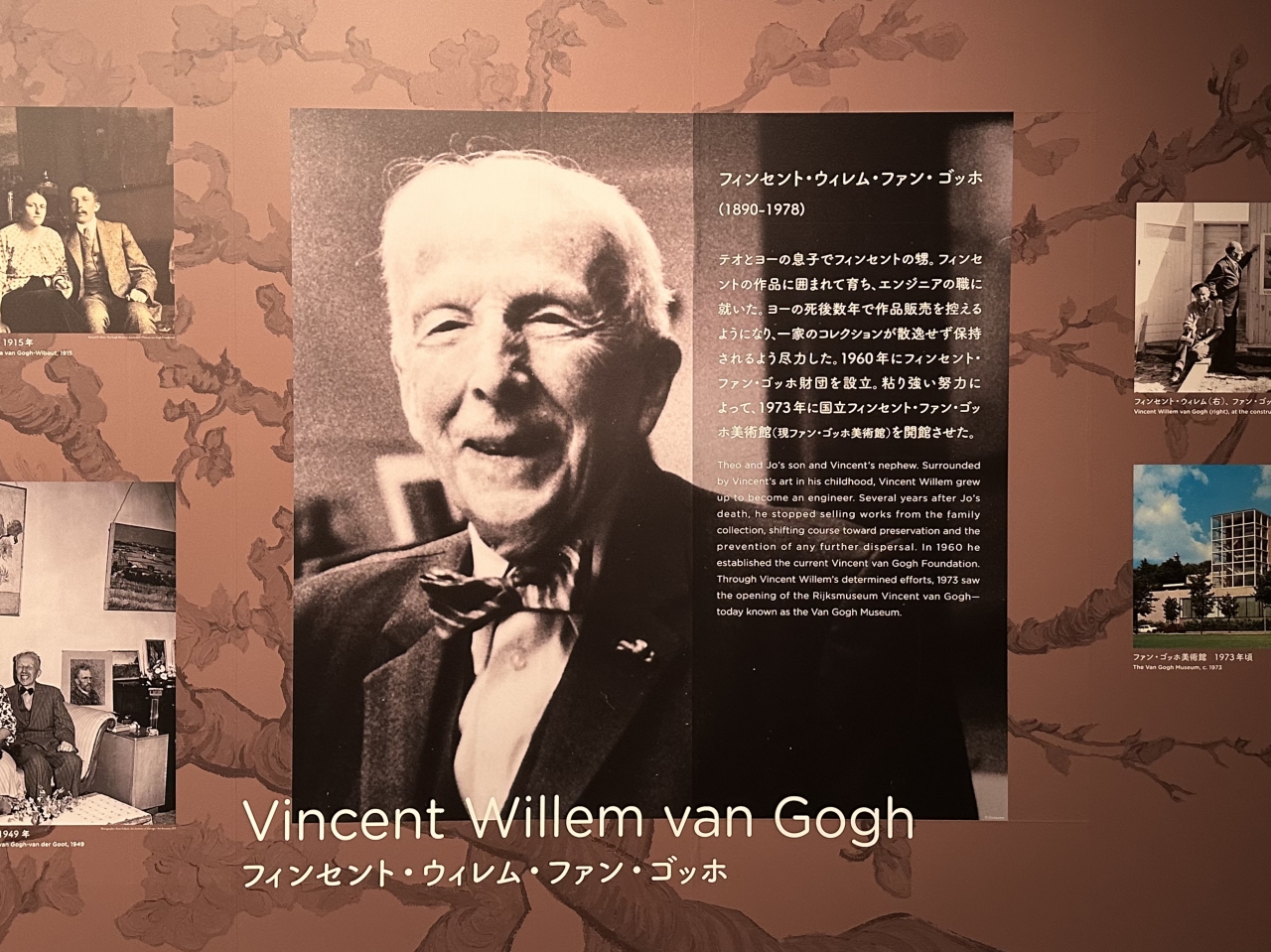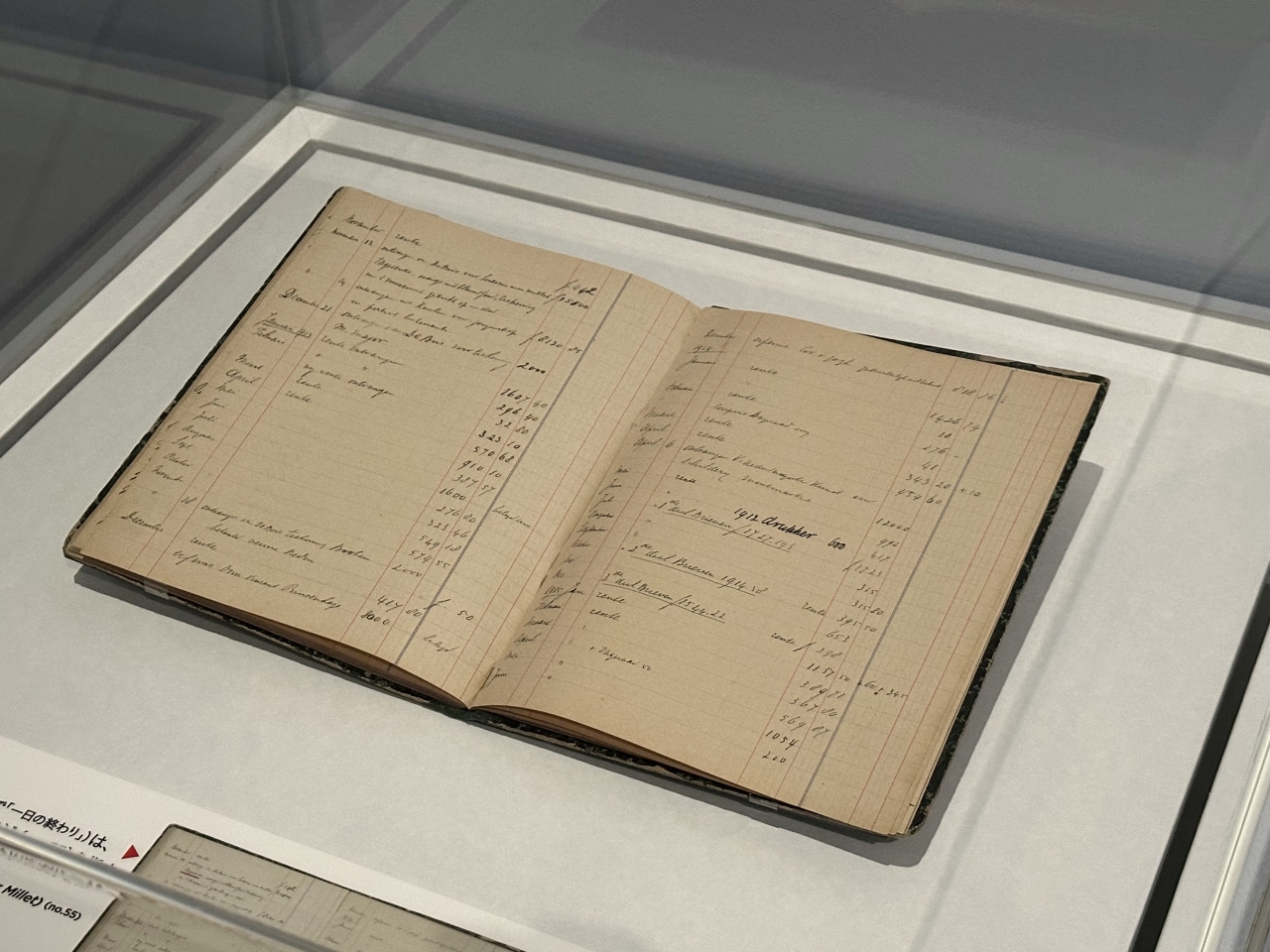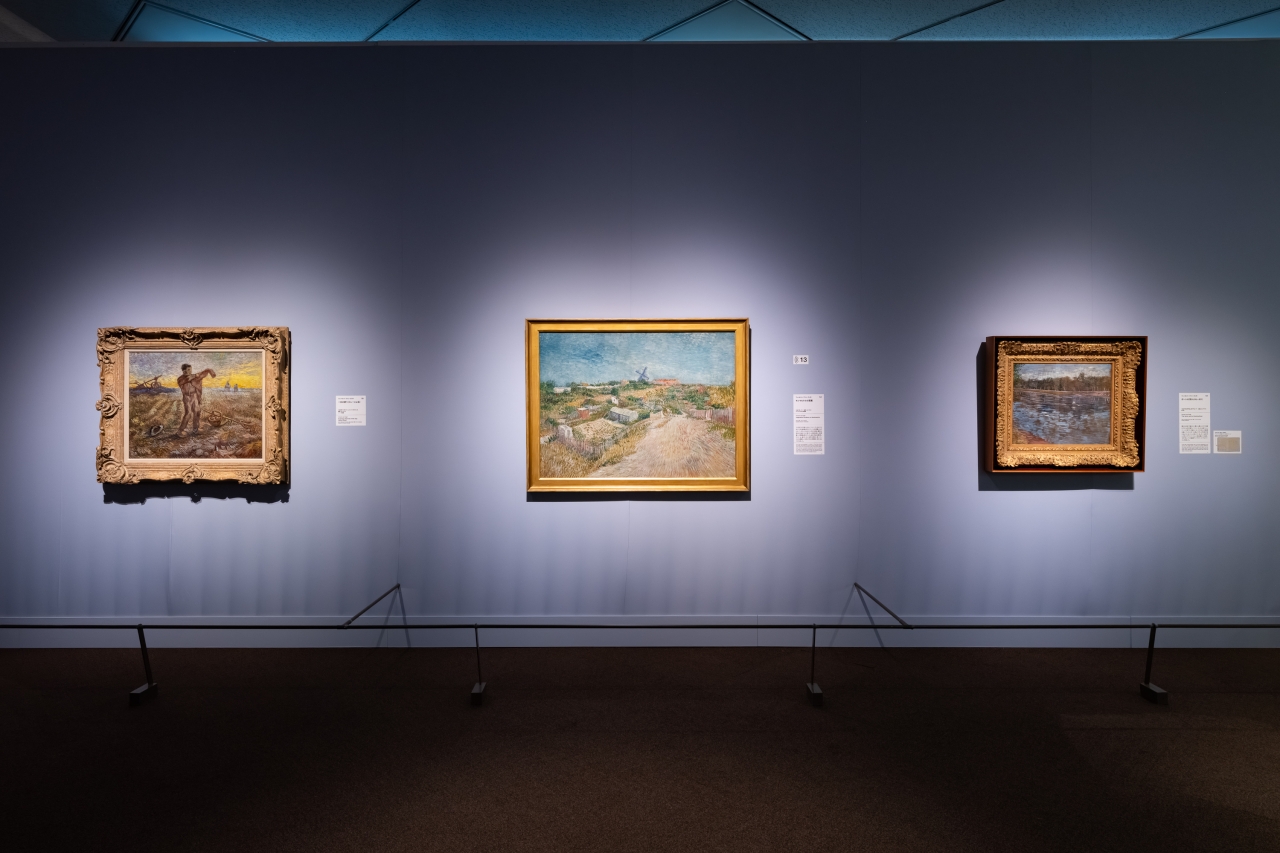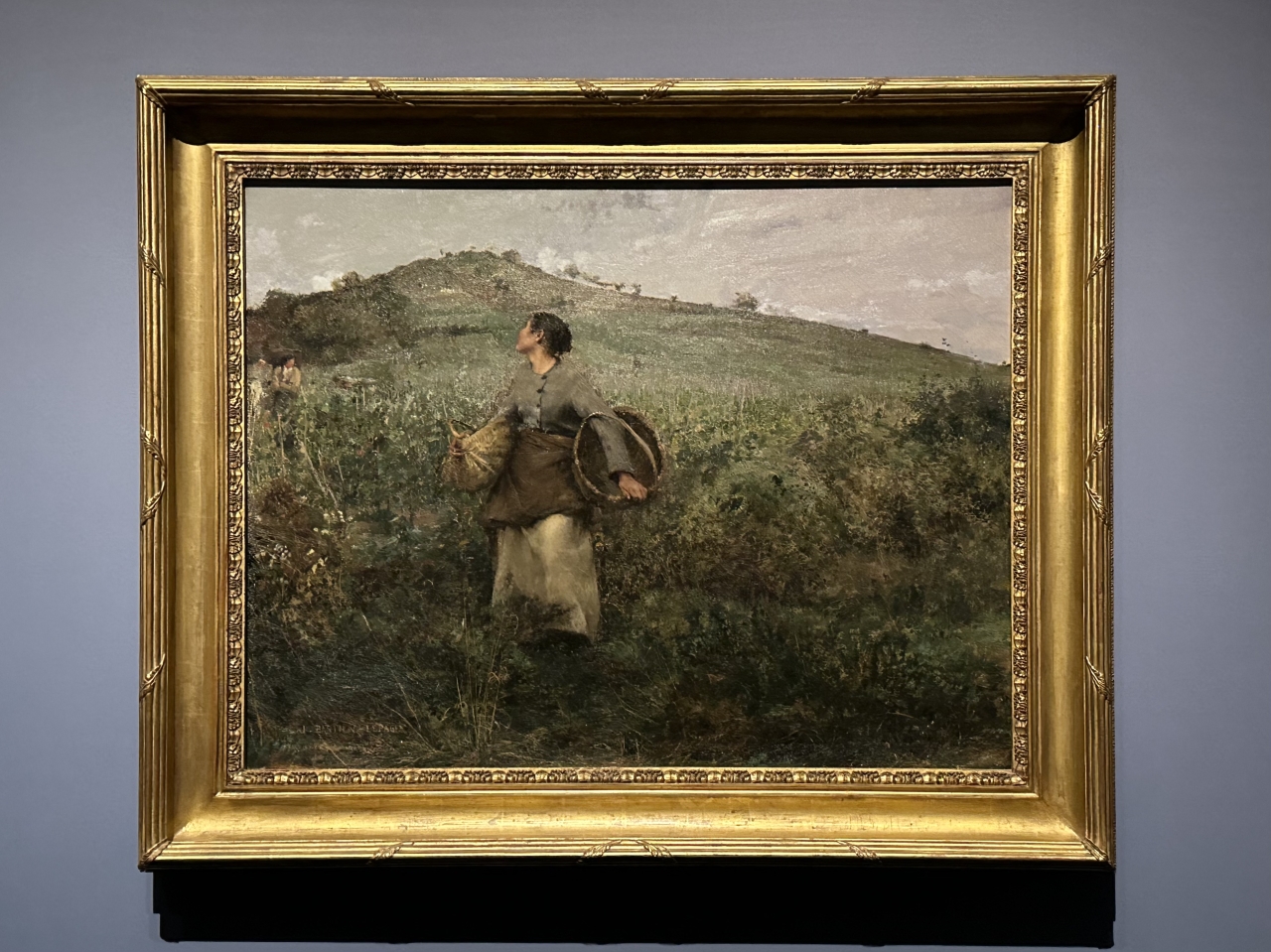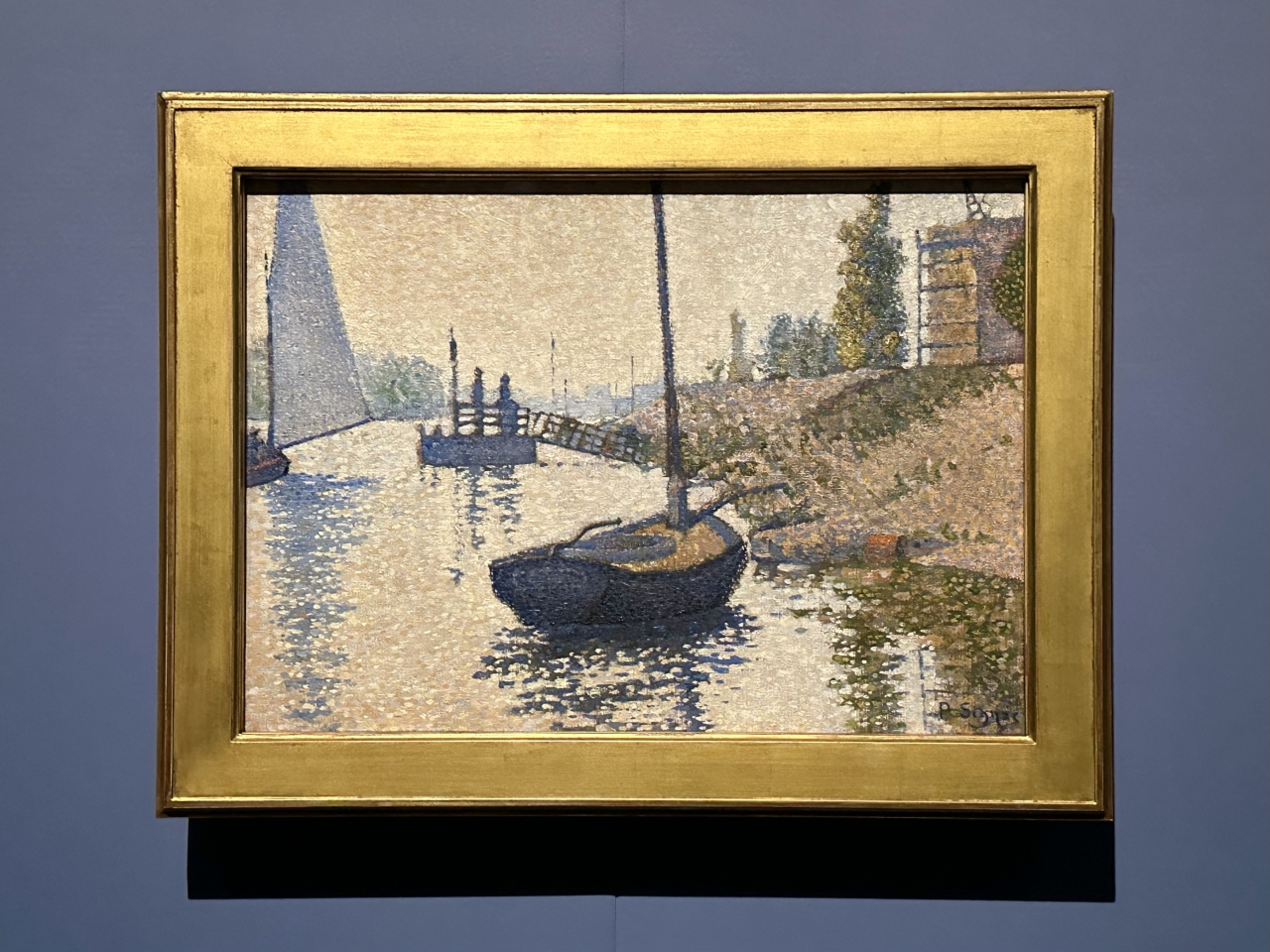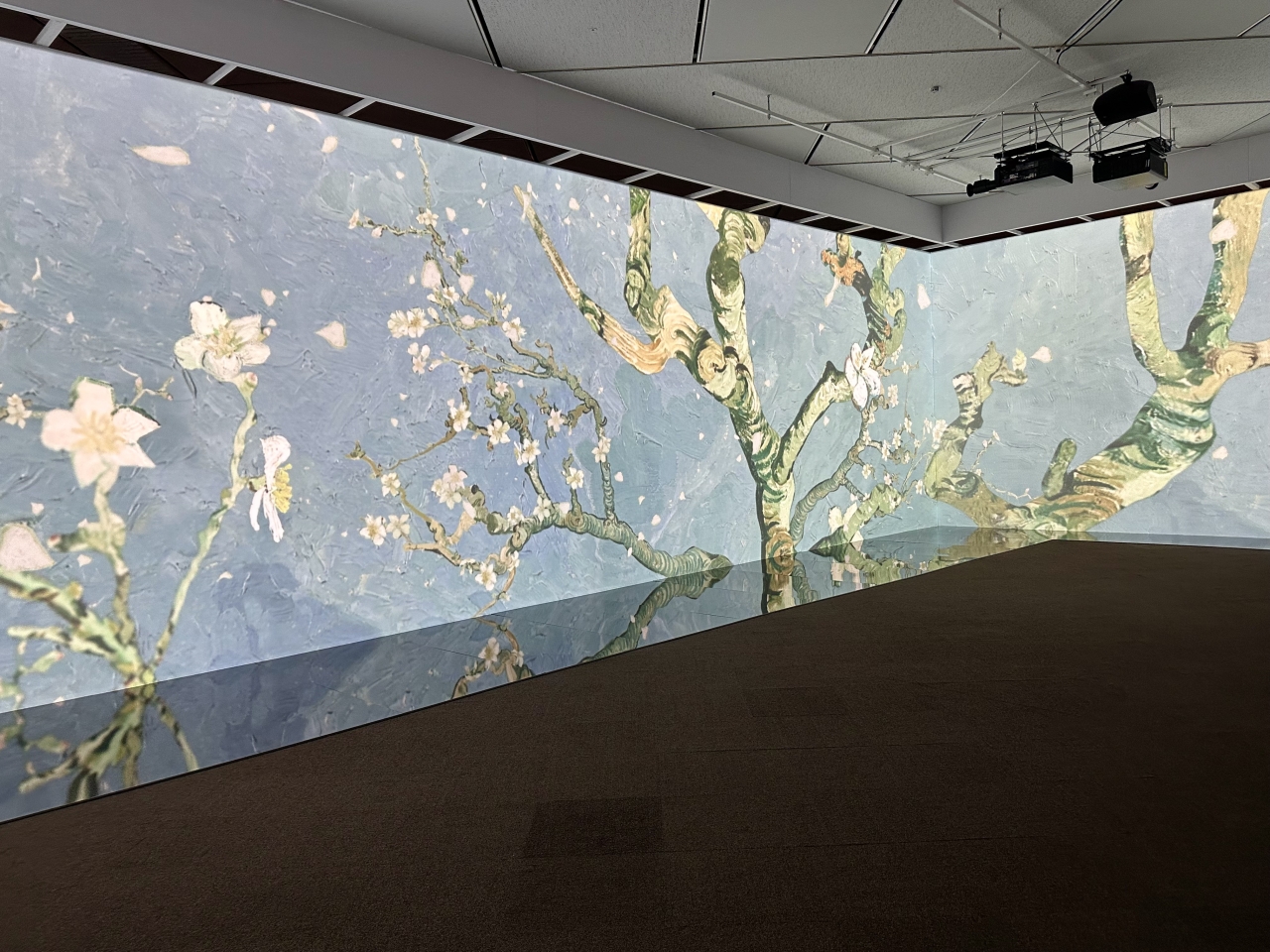National Museum of Western Art
Tokyo Metro's original 24-hour ticket goes on sale in collaboration with Atre Ueno
"Impressionism from the Musée d'Orsay – A Tale of Interiors" will open on Saturday, October 25th at the National Museum of Western Art (Ueno Park, Tokyo). The first 200 visitors each day during the designated period (weekdays) will receive an original sticker (not for sale)! In honor of three "masters of Impressionism" whose works are featured in this exhibition, the museum will be holding "Monet Week," "Degas Week," and "Renoir Week." Each week will feature a different design of one of the works on display in the exhibition.
We will also introduce the official exhibition catalogue and original goods.
◆Monet Week
Period: November 11th (Tue) – 14th (Fri)
Items distributed: Original sticker of Claude Monet's "A Corner of an Apartment"
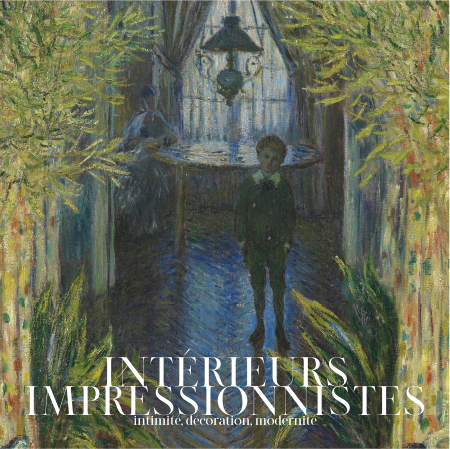
◆Degas Week
Period: November 18th (Tue) – 21st (Fri)
Items distributed: Original sticker of Edgar Degas' "Family Portrait (Berelli Family)"

◆Renoir Week
Period: December 2 (Tue) to 5 (Fri)
Items distributed: Pierre-Auguste Renoir "Girls Playing the Piano" original sticker

◆Available to: Customers who visit the exhibition during the above period, the first 200 people each day *Available until the planned number of tickets is reached
◆Distribution location: National Museum of Western Art "Impressionism from the Musée d'Orsay – A Tale of Interiors" Special Exhibition Room Ticket Gate
*One ticket per person.
*Discount coupons are not included.
The official exhibition catalogue has two different cover designs!
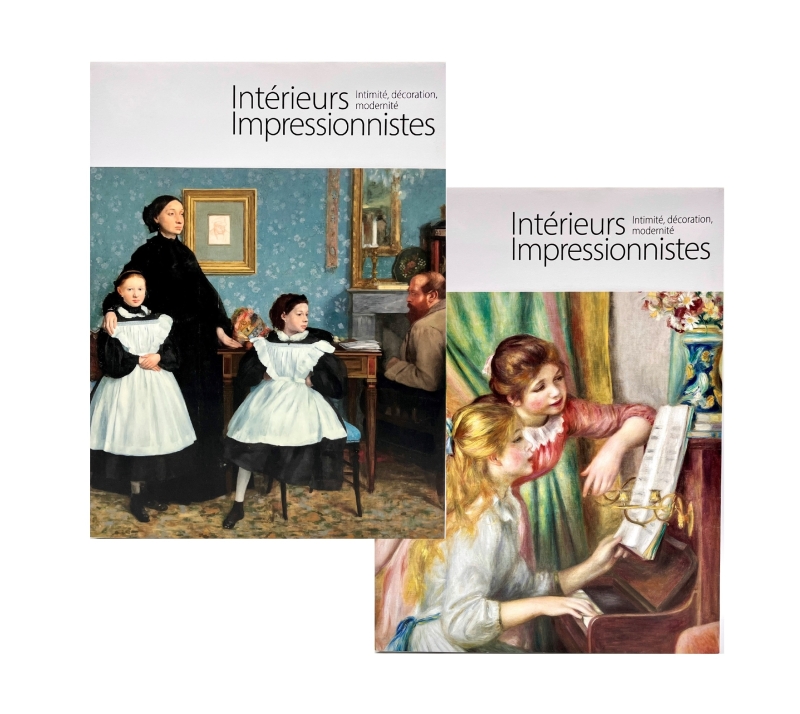
Sales price: 3,300 yen (tax included)
A4 variant, 252 pages, hardcover
*Some information about the works is also provided in English.
In addition to full-color images of all 97 works in this exhibition, the book also includes articles and columns by experts from Japan and abroad in both Japanese and English. Edgar Degas' "Family Portrait (The Bellelli Family)," which is being shown in Japan for the first time, is featured in a large double-page spread, allowing you to fully enjoy the charm of the work.
There are two cover designs available: Degas's "Family Portrait (The Bellelli Family)" and Pierre-Auguste Renoir's "Girls Playing the Piano."
This is a comprehensive book that will give you a deeper understanding of the challenges faced by artists surrounding "Impressionism and the Interior"!
*Depending on stock availability, you may not be able to choose the cover type.
Published by: National Museum of Western Art, Yomiuri Shimbun
Supervised by: Hiroyo Hakamada (Chief Researcher, National Museum of Western Art), Anne Robbins (Curator of Paintings, Musée d'Orsay)
Written by: Hiroyo Hakamada, Anne Robbins, Sylvie Patry (Senior Curator, Head of the Founding Anniversary Events of the Musée d'Orsay and the Musée de l'Orangerie), Chika Amano (Professor Emeritus at Ochanomizu University), Cyril Sciamma (Director of the Giverny Impressionist Museum), Anaïs Archus (Curator of Decorative Arts at the Musée d'Orsay), and others
Original exhibition merchandise
[Collaboration goods]
PAPIER TIGRE Notebook, Mesh Pouch, Ballpoint Pen
Notebook: 3,300 yen each Mesh pouch: 2,640 yen each Ballpoint pen: 1,980 yen

PAPIER TIGRE is a product brand founded in Paris in 2012 that produces stationery and other products. The brand, which bears the word "papier" (paper), offers a variety of carefully crafted items, including notebooks, mesh pouches, and ballpoint pens. These designs are exclusive to this exhibition.
ame earrings
6,820 yen each
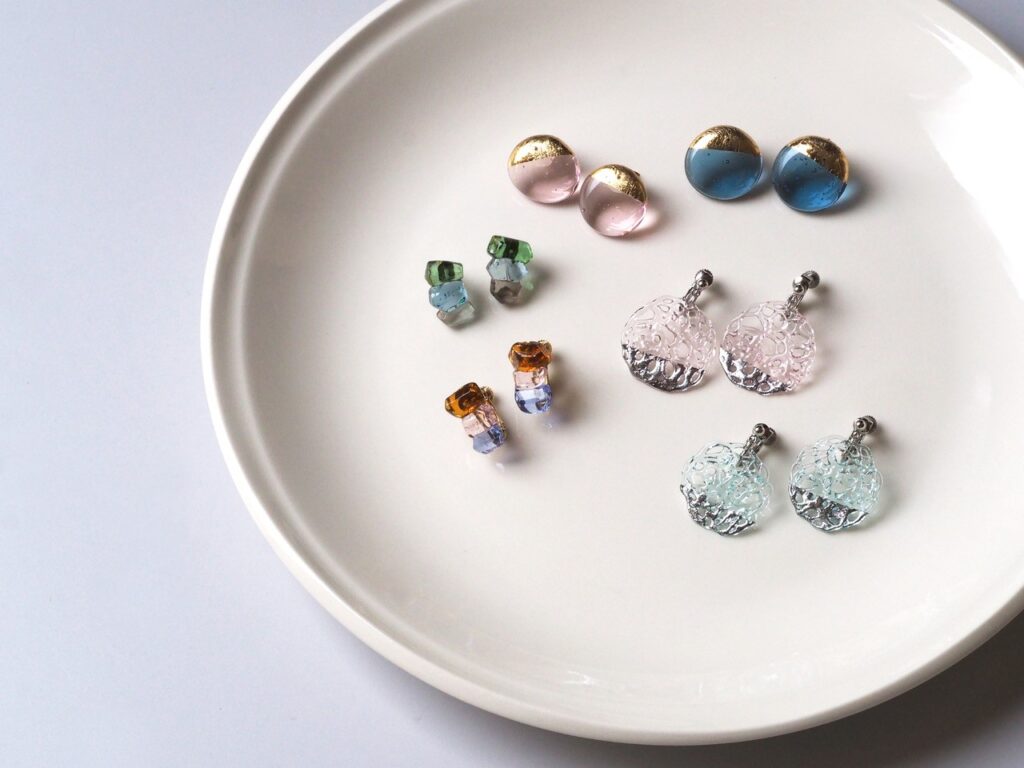
These are collaboration items with the lifestyle brand "ame," which pursues the beauty of recycled plastic. The earrings and earrings were created inspired by the use of color and light in Degas's "Family Portrait (The Bellelli Family)" and Renoir's "Girls at the Piano."
There are 6 types of each, for a total of 12 types. Please choose your favorite accessories.
We will also introduce some of our original goods.
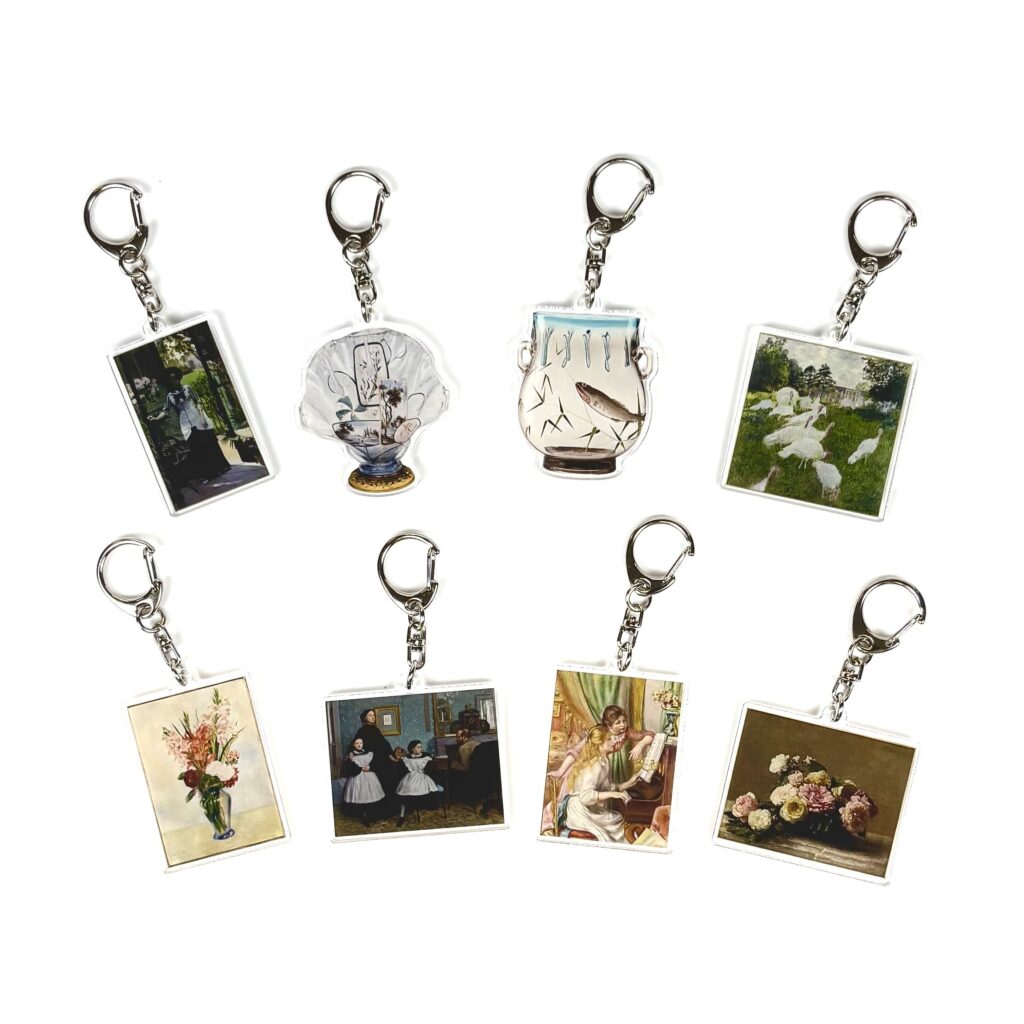

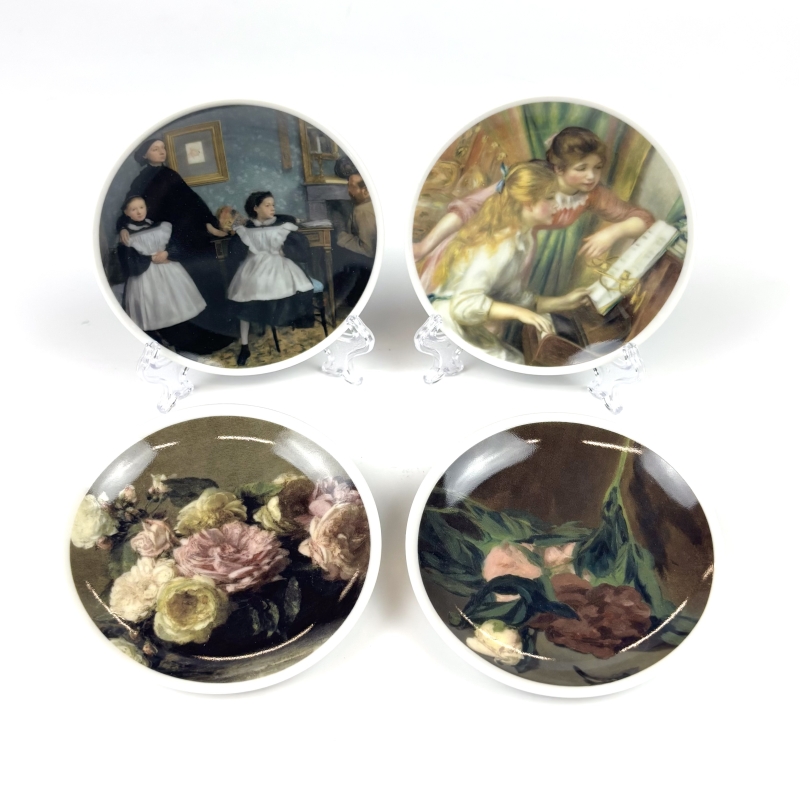


*All prices include tax.
*The image is for illustrative purposes only and may differ from the actual product.
*Stock of each product is limited. There may be a purchase limit for some products.
*Please refrain from purchasing for the purpose of resale.
Orsay Impressionism Exhibition x Atre Ueno "Immerse yourself in the lingering artistic atmosphere of the Orsay Impressionism Exhibition at Atre" will be held!
A collaborative project has been realized with Atre Ueno, a shopping center directly connected to JR Ueno Station (located in Taito Ward, Tokyo)!
From Saturday, October 25th to Sunday, November 30th, 2025, limited edition novelty gifts will be available at select shops, and a collaborative menu will be offered at "The Arts Fusion by L'écrin." This will be a special event exclusive to the exhibition, reflecting its unique worldview.

[① Collaboration Menu]

■The Arts Fusion by L'écrin (EAST 1F)
"Impressionist Special Collaboration Menu – A Story to Enjoy with Food" 4,800 yen (tax included)
Enjoy a total of four dishes – appetizer, fish, meat and dessert – that combine ingredients and worldviews from works by Monet, Renoir, Degas and others.
*Wine is not included in the price.
[② Limited edition shopper bag and original sticker gift]
Customers who spend 2,000 yen or more (tax included) at participating stores will receive a limited edition original shopper and an original sticker with a discount coupon on a first-come, first-served basis.
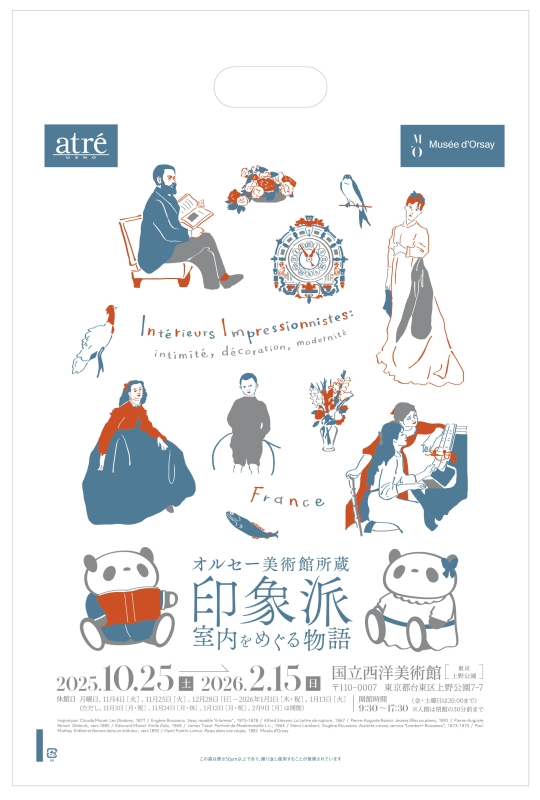

[Distribution period] Saturday, October 25, 2025 – while supplies last
[Participating shops] Please check the Atre Ueno official website.
*Only one ticket per person (of each type) will be given.
[③ Original coaster gift]
Customers who order a drink at select restaurants and cafes will receive an original coaster with a discount coupon on a first-come, first-served basis.
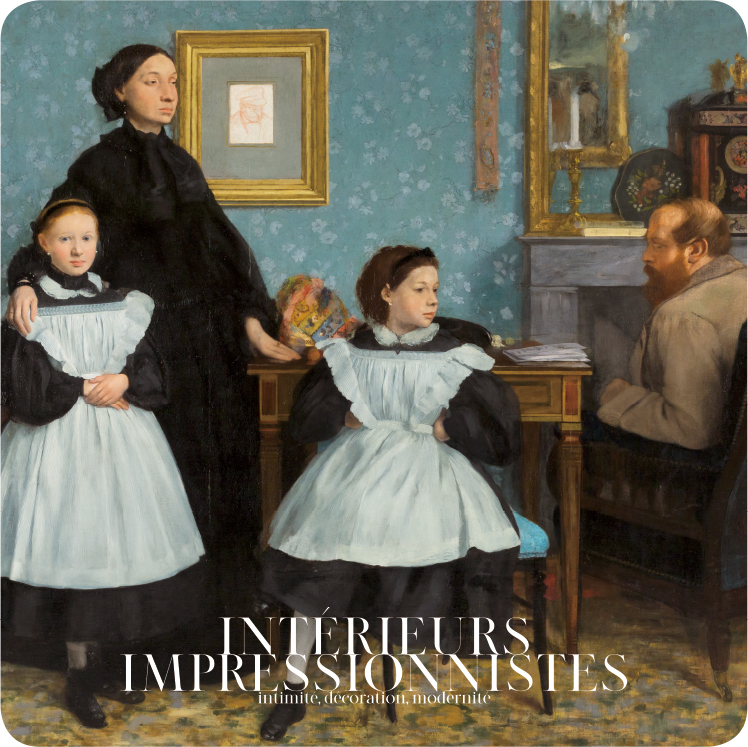
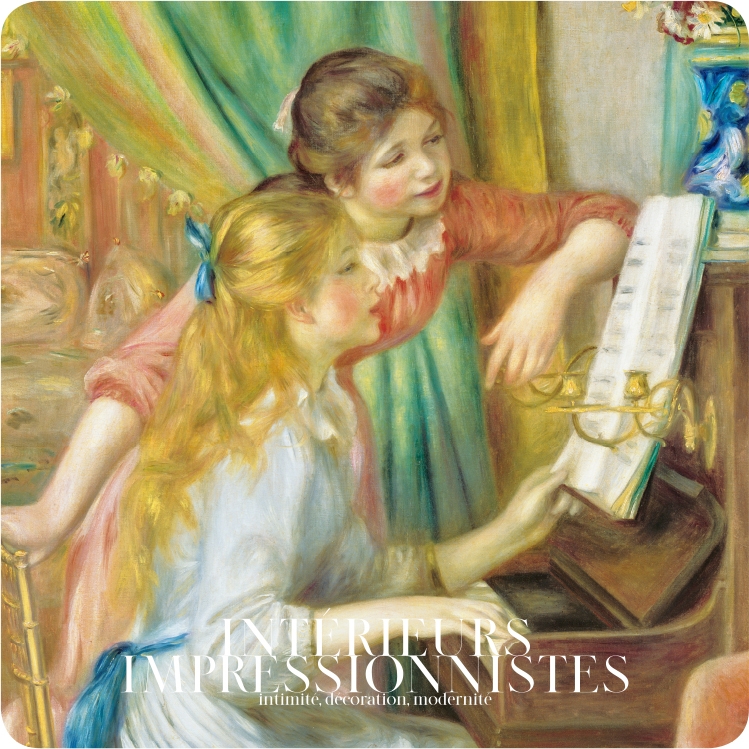
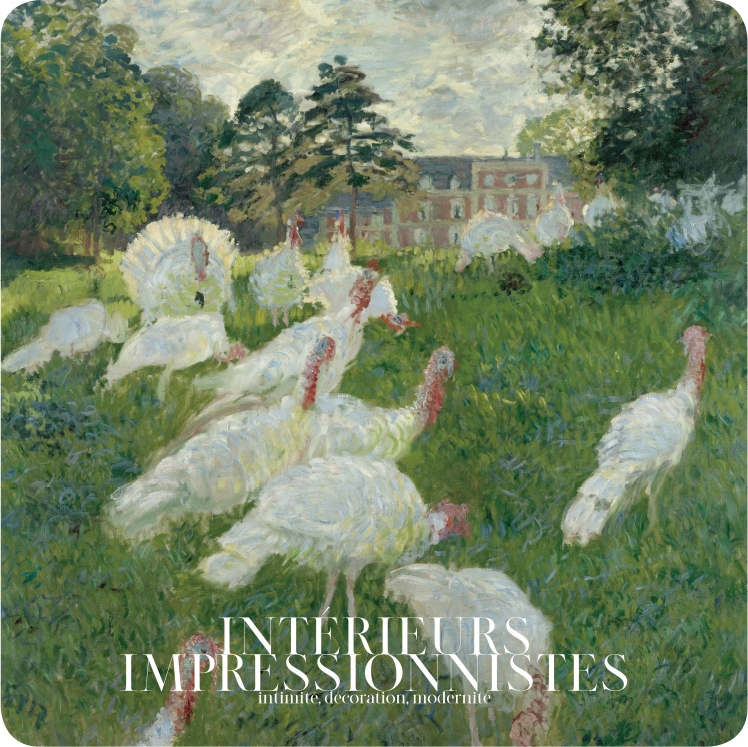
[Distribution period] Saturday, October 25, 2025 – while supplies last
[Participating shops] Please check the Atre Ueno official website.
*Only one ticket will be given per person.
For details, please visit the Atre Ueno official website.
https://www.atre.co.jp/ueno/news/5748/
Tokyo Metro's original 24-hour ticket is now on sale!
To commemorate the opening of this exhibition, Tokyo Metro will be selling original 24-hour tickets featuring Edgar Degas's "Family Portrait (The Bellelli Family)" and Pierre-Auguste Renoir's "Girls at the Piano."
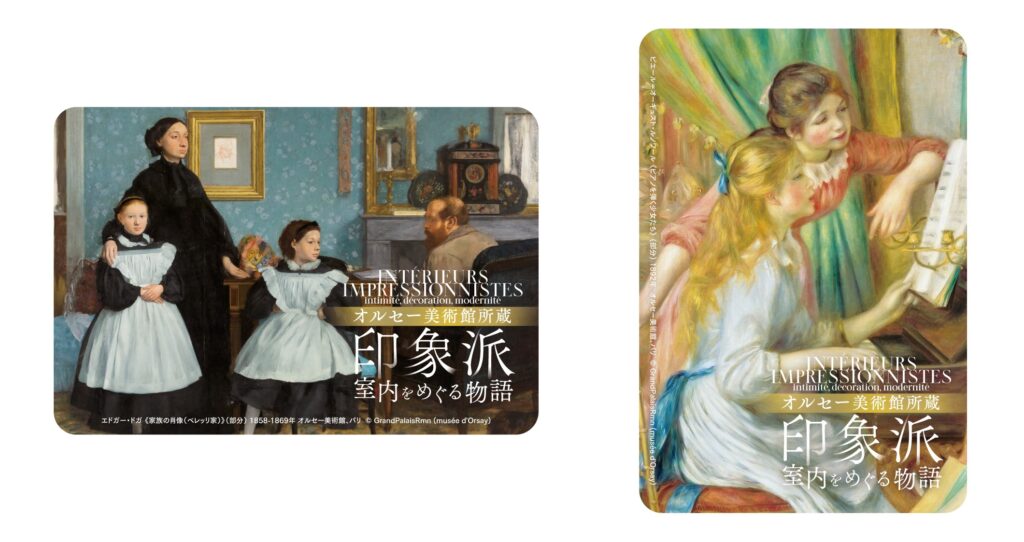
Price: 700 yen each (tax included)
Sales quantity: 10,000 each (total 20,000) *Ends when sold out
Sales period and locations:
From Saturday, October 25, 2025 to Sunday, February 15, 2026
"Impressionism from the Musée d'Orsay – A Tale of Interiors" Special Shop
From Monday, October 27, 2025 to Sunday, February 15, 2026
Tokyo Metro Passenger Information Center (Omotesando Station, Ikebukuro Station, Shinjuku Station)
Asakusa Culture Tourist Information Center
Chuo Ward Tourist Information Center
Tokyo City i Tourism and Business Information Center
TERMINAL GINZA Tourist Information Center
Ticket inquiries: Tokyo Metro Customer Center
https://www.tokyometro.jp/support/index.html
Special tickets on sale now!
●Special Ticket Impressionist Exhibition x Great Extinction Exhibition Ueno Otonari Set Ticket
Sales price: 4,100 yen (tax included)
Sales period: August 8th (Friday) 10:00 to February 15th (Sunday) 16:30
Available at Asoview!
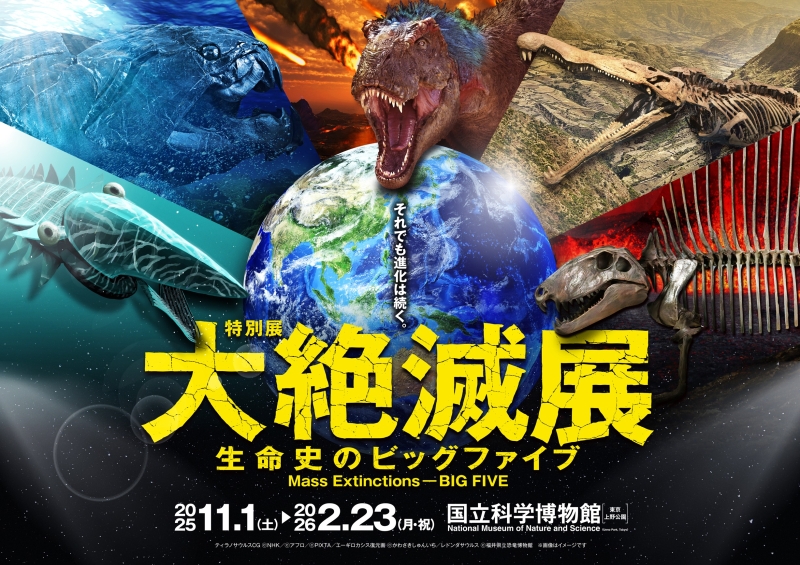
This is a set ticket for the special exhibition "The Great Extinction – The Big Five in the History of Life" (November 1st – February 23rd, 2026, National Museum of Nature and Science), which will be held at the same time at two neighboring art museums in Ueno Park!
This is a great value discount ticket that is 500 yen cheaper than purchasing same-day tickets for both exhibitions separately.
*This ticket set includes one general admission ticket to the "Impressionism from the Musée d'Orsay – Tales of Interiors" exhibition and one admission ticket for general admission and university students to "The Great Extinction – The Big Five in the History of Life."
*One QR ticket will be issued for each group of applicants, and the same QR code can be used to view both exhibitions once each.
●Ticket with postcard
Sales price: Advance tickets and same-day tickets are the regular price + 100 yen
Sales period: May 29th (Thursday) 10:00 to February 15th (Sunday) 2026 16:30
Sales location: Seven Ticket

Your ticket comes with a postcard of your choice of one of the exhibition's key visual designs!
*The image is for illustrative purposes only and may differ from the actual product.
*If you purchase a "Ticket with Postcard" from Seven Ticket, you can print one postcard of your choice from two designs at a multi-copy machine inside a 7-Eleven store.
*Some stores do not have multi-copy machines.
[Exhibition Overview]
This exhibition will trace the interests and expressive challenges of Impressionist painters such as Manet, Monet, Degas, Renoir, and Cézanne regarding the theme of interiors, through approximately 100 works, including around 70 masterpieces from the Musée d'Orsay in Paris, known as the "Hall of Fame of Impressionism," as well as important works from Japan and abroad.
This is the first time in about 10 years that the Musée d'Orsay's Impressionist collection has come to Japan on this scale.
This will be a valuable opportunity to experience the new charm of Impressionism from an "interior" perspective.
[Event Overview]
◆Exhibition title: Impressionism from the Musée d'Orsay—Stories of Interiors
◆Period: October 25, 2025 [Sat] – February 15, 2026 [Sun]
◆Venue: National Museum of Western Art [Ueno Park, Tokyo]
Opening hours: 9:30am – 5:30pm (until 8pm on Fridays and Saturdays)
Closed: Mondays, November 4th (Tuesday), November 25th (Tuesday), December 28th (Sunday) – January 1st, 2026 (Thursday, national holiday), January 13th (Tuesday) (however, open on November 3rd (Monday, national holiday), November 24th (Monday, closed), January 12th (Monday, national holiday), and February 9th (Monday))
◆Admission fee (tax included):
Adults: 2,300 yen (2,100 yen) University students: 1,400 yen (1,300 yen) High school students: 1,000 yen (900 yen)
*Prices in parentheses are advance ticket prices.
*Free admission for junior high school students and younger, people with physical or mental disabilities, and one accompanying person. (Please present your student ID or proof of age, or disability certificate.)
*University and high school students must present their student ID at the ticket counter when entering the museum.
*Students and faculty of schools affiliated with the National Museum of Western Art Campus Members can view this exhibition for 1,200 yen for students and 2,100 yen for faculty and staff. (Please present your student or faculty ID card and purchase your ticket at the National Museum of Western Art ticket counter during the exhibition period or on the day of your visit.)
*Free admission for high school students from December 12th (Friday) to December 26th (Friday). Please present your student ID at the ticket counter when entering the museum.
*You can also view the permanent exhibition with this exhibition ticket on the day of viewing.
*Advance tickets will be on sale from Thursday, May 29th to Friday, October 24th. (Tickets will be on sale at the National Museum of Western Art Information Center until Wednesday, October 22nd.)
*For detailed ticket information, please check the official exhibition website.
◆Organizers: National Museum of Western Art, Musee d'Orsay, Yomiuri Shimbun, Nippon Television Network Corporation
◆Special sponsors: Canon, Daiwa Securities Group
◆Sponsor: DNP Dai Nippon Printing
◆ Supported by: French Embassy in Japan/Institut Français
◆ Cooperation: Japan Airlines, Nippon Cargo Airlines, Lufthansa Cargo AG, Yamato Transport, Western Art Foundation
◆Official website: https://www.orsay2025.jp
◆Inquiries: 050-5541-8600 (Hello Dial)
[From the press release of the "Impressionist Art from the Musée d'Orsay – Tales of Interiors" Public Relations Office]
See other exhibition information







